advertisement▼
advertisement▲
Hey guys, are you ready to embark on a mysterious and exciting journey? Today, I am taking you into
the
mysterious land of Death Valley National Park in the western United States! Not only are there
desolate
and magnificent landscapes here, but there are also abundant natural resources and unique climate
conditions waiting for you to explore!
Want to explore every corner of Death Valley to your heart's content? Self driving is definitely
your
best choice! Rent a cool car and freely shuttle through this vast land, experiencing the charm of
nature. Of course, if you don't want to worry about planning your route, you can also try public
transportation within the park, but remember to check the schedules in advance!
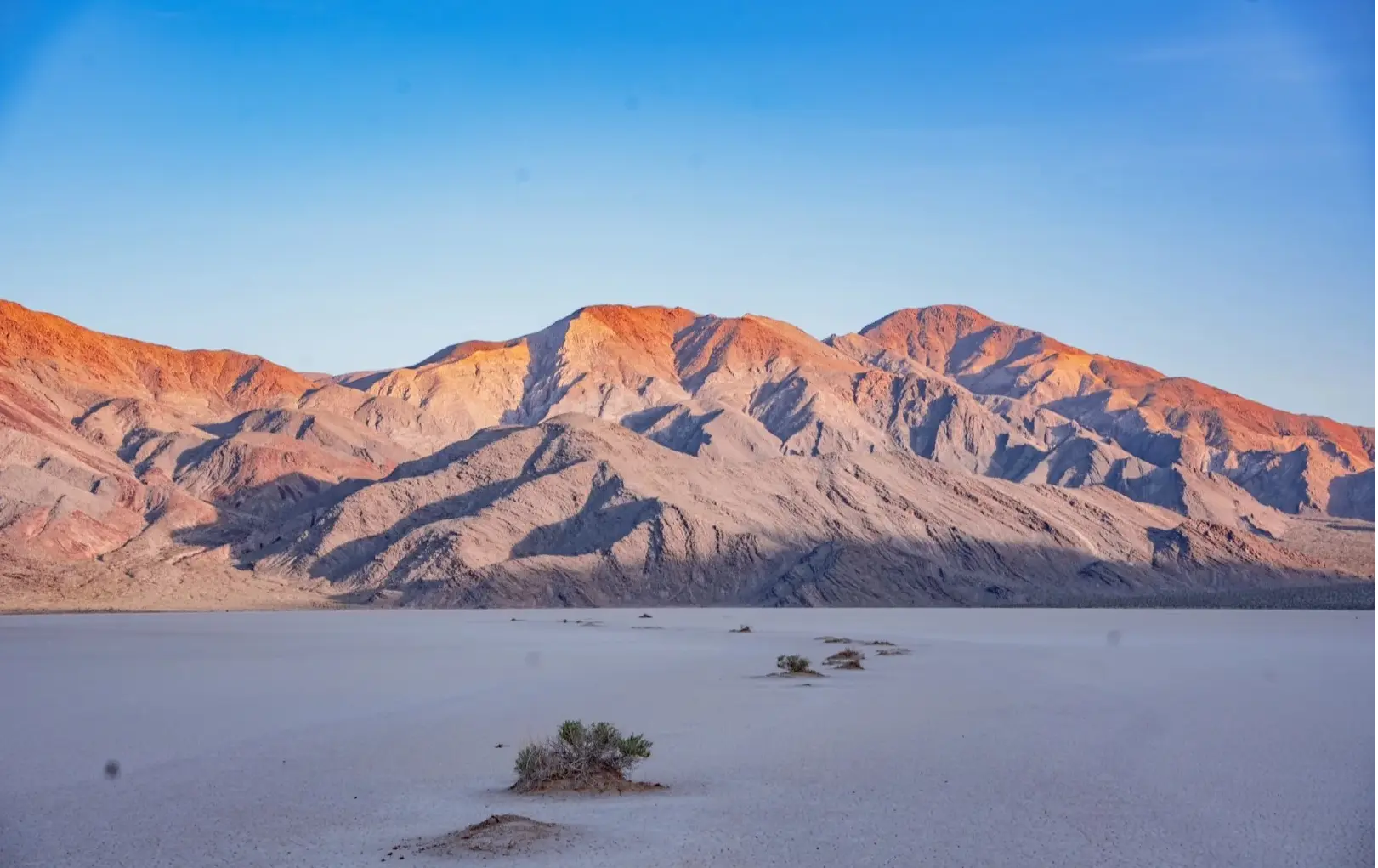
Badwater Basin
The lowest altitude in North America is 85 meters below sea level. You can hike along the saline
alkali
land all the way back and forth here. The scenery here will definitely open your eyes! Imagine a
dried
up lake surrounded by majestic mountains, as if you were in a magical world. Don't forget to bring
your
camera and capture this stunning scenery!
If you are fortunate enough to encounter the rare rainy weather in Death Valley, after the rain
clears,
you will see the beautiful sky of Badwater Basin, which is different from the usual calm water
surface.
Due to the dry and saline alkali land, the saltwater lake formed after precipitation is shallow and
relatively difficult to form large ripples, so it is very calm. The refractive index of salt lake
water
is higher than that of fresh water, which directly leads to a much higher reflectivity than fresh
water
at the same incident angle,
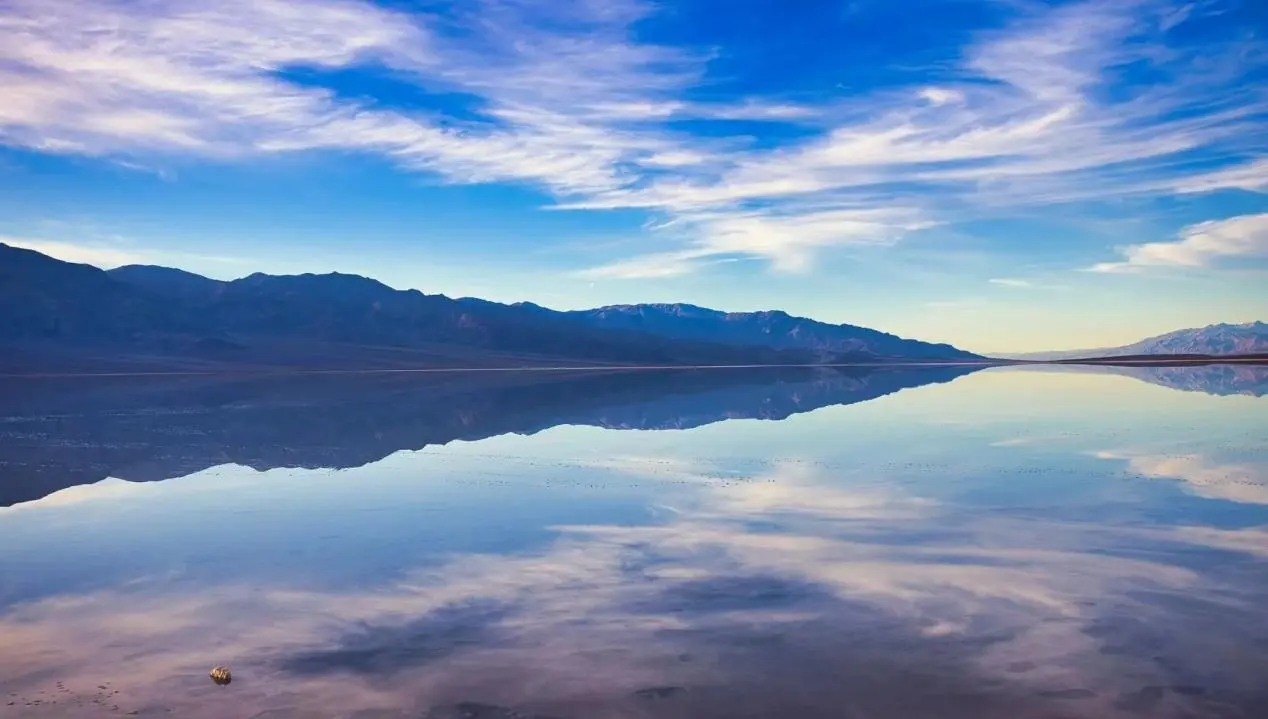
Dante’s View
You can overlook the highest point of the entire Death Valley, where you can see the scenery of the
entire Death Valley. Coming here at sunrise and sunset, you can also see the beautiful scenery of
sunlight shining on the valley at different times.
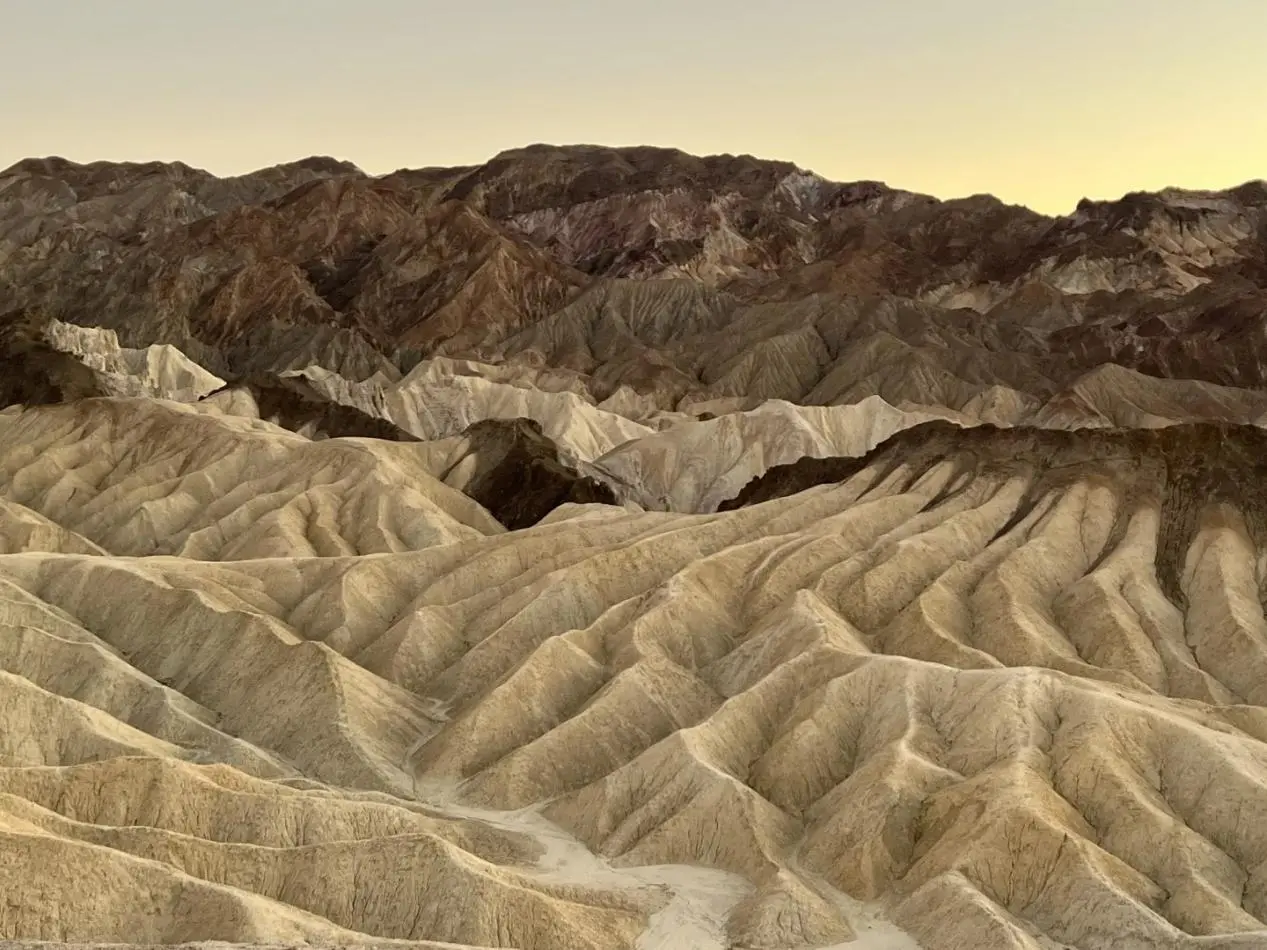
Artists Palette
Do colorful sand dunes sound dreamy? The hills here are colorful due to different minerals, like an
artist's spilled color palette. Under the sunshine, it presents charming colors. Standing on the
sand
dunes and overlooking the entire Death Valley, it is breathtakingly beautiful!
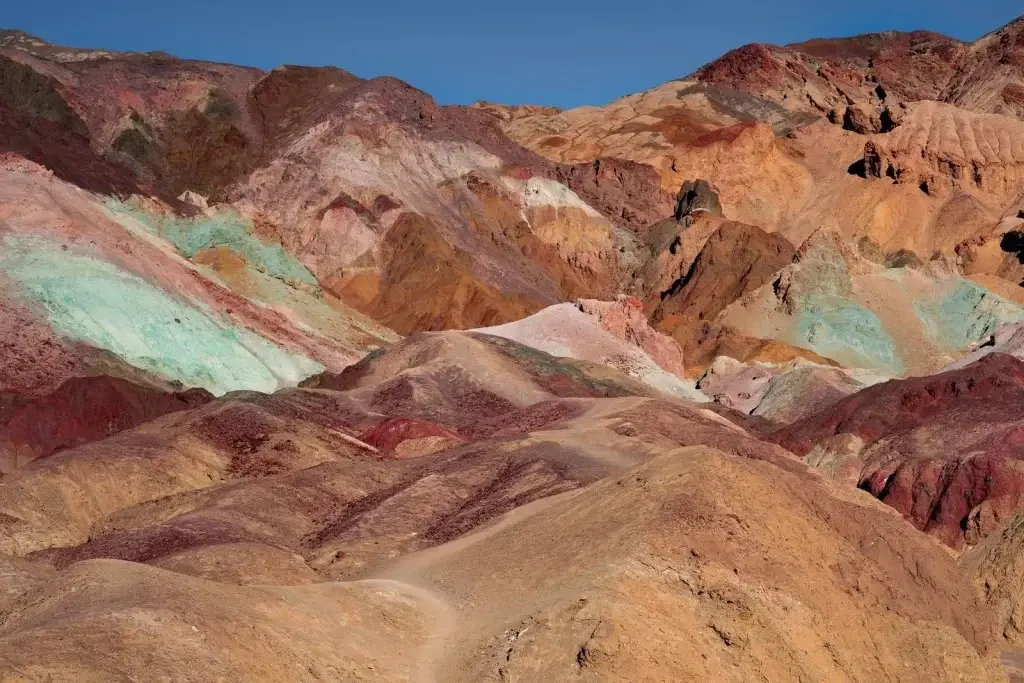
Death Valley has a hot and dry climate, so it is important to take sun protection measures and carry
enough water with you. Don't wait until you're thirsty to find a water source, otherwise it will be
too
late! The towns surrounding Death Valley offer a wide range of accommodation and dining options. You
can
choose a suitable accommodation location based on your budget and needs, and taste authentic Western
American cuisine. Imagine enjoying a delicious barbecue under the starry sky, wouldn't it feel
amazing?
Death Valley National Park is a place full of mystery and charm, waiting for your arrival, waiting
for
you to explore and discover. As long as you are well prepared and follow the advice in this article,
I
believe you will be able to leave unforgettable memories on this barren land!
The famous Grand Canyon is formed by the long-term erosion of the Colorado River, with a length of
446 kilometers, a depth of 1.6 kilometers, and a maximum width of 24 kilometers. After millions of
years of erosion, you can see the colorful rock formations, countless hills, and canyon walls of the
Colorado Plateau here. You can see this rich scenery on both the north and south sides of the
canyon, and also explore the canyon through multiple trails.
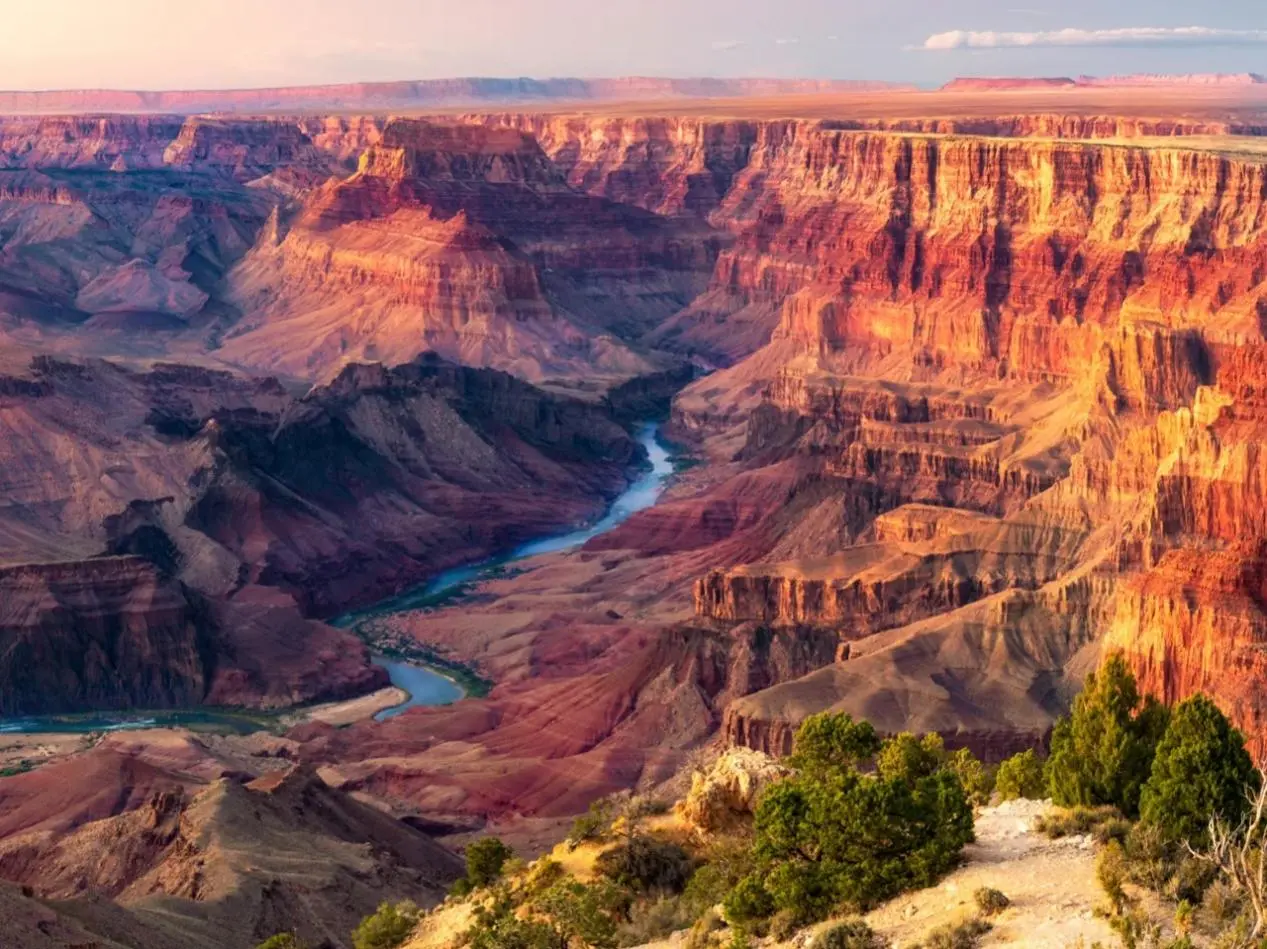
The Grand Canyon only has the Southern Canyon and the Northern Canyon, and what many people refer to
as the Western Canyon is actually not part of the Grand Canyon National Park, but rather a protected
area for Native Americans. The northern canyon is 16 kilometers away from the southern canyon. The
southern canyon is open all the year round. It is a part of the high degree of development and the
essence of the Grand Canyon. With a wide view, you can enjoy the magnificent canyon, as well as the
winding Colorado River. It is also very convenient to visit. You can take three free buses in the
park to shuttle between various scenic spots.
The northern canyon is over 300 meters higher than the southern canyon and is a less visited area by
tourists. Not only is it relatively remote here, but due to winter ice and snow road closures, it is
only open from mid May to mid October every year.
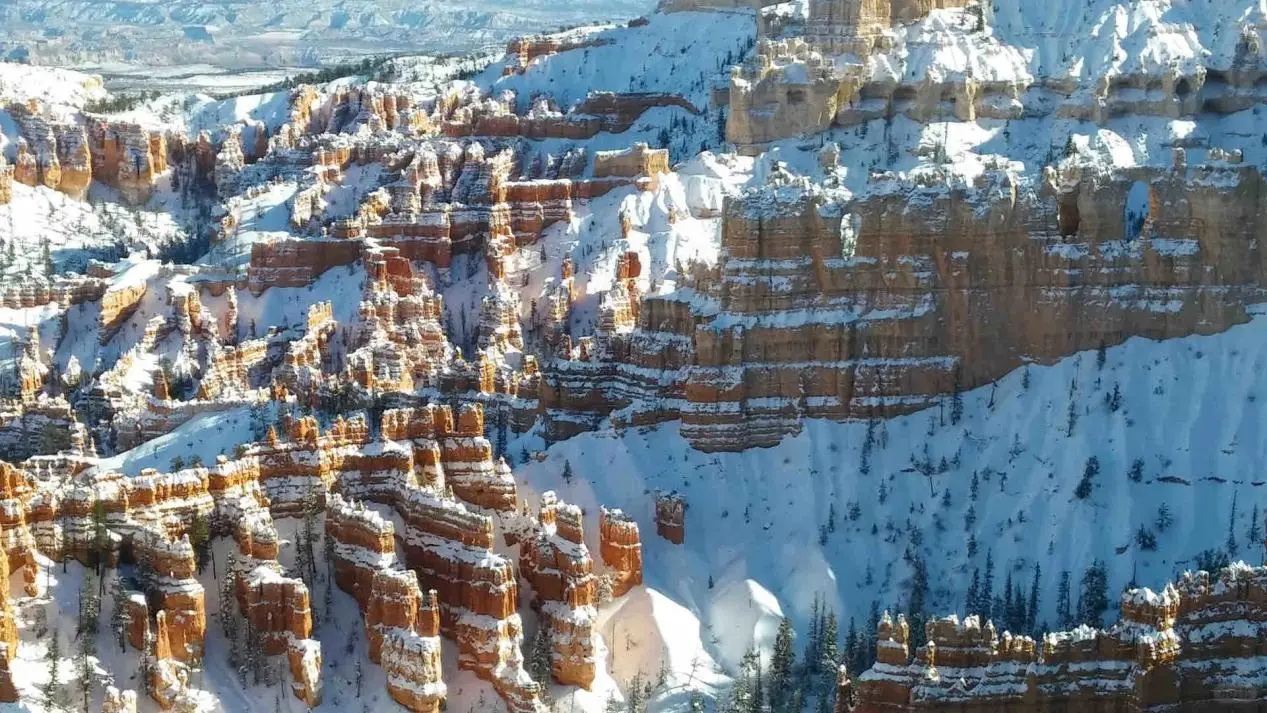
Mather Point
This is only a 10 minute walk from the tourist center and is an excellent location to enjoy the
panoramic view of the Grand Canyon. Especially suitable for sunrise shooting, when the first ray of
sunlight falls on the canyon, the whole world seems to be illuminated!
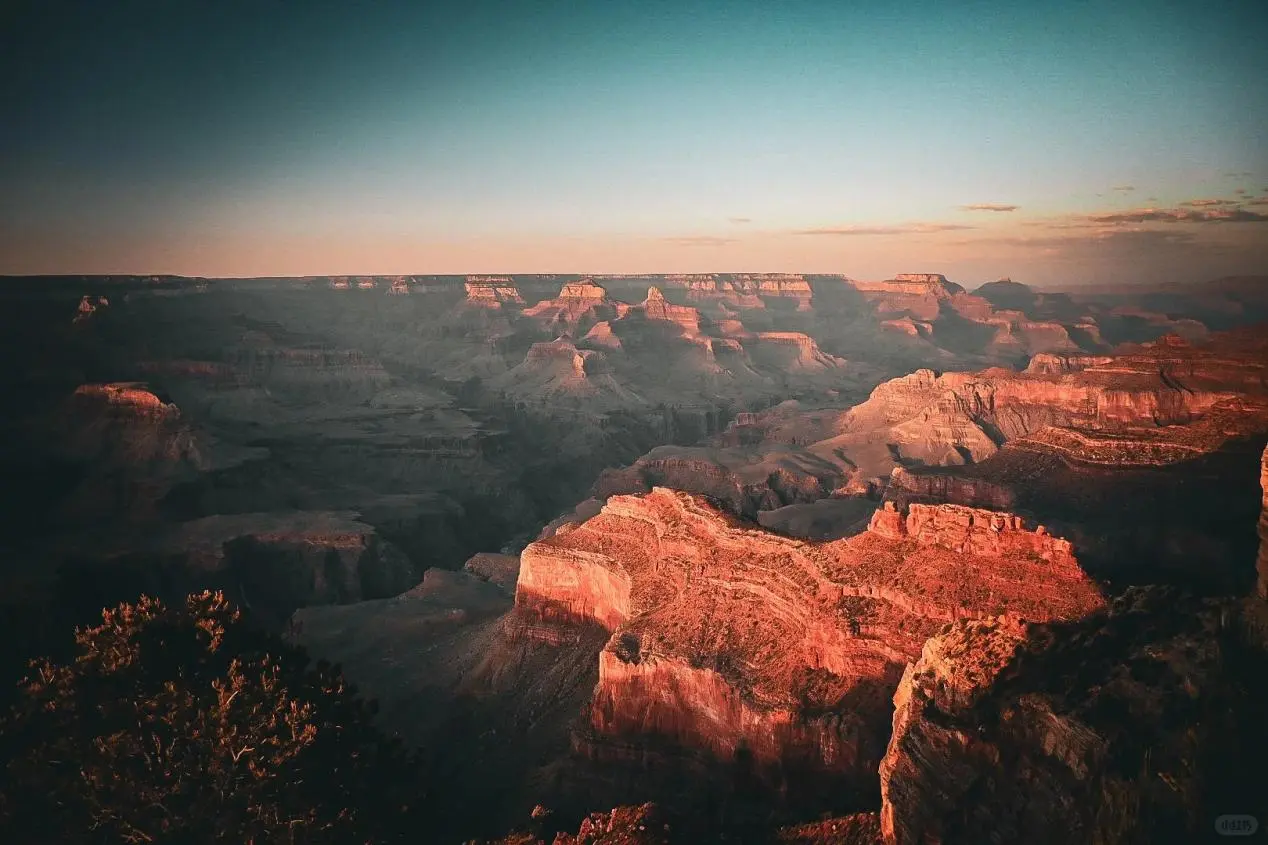
Bright Angel Trail
The Bright Angel Trail is one of the most popular trails in Grand Canyon National Park, perfect for
family travel. The total length is about 15 kilometers, and you can choose different routes
according to
your physical strength. The scenery along the way is magnificent, especially in the morning or
evening,
where the colors of the canyon change with the angle of sunlight, making it very charming. The first
few
miles of the trail are relatively flat, suitable for families with children to hike. It passes
through
multiple scenic spots and can also see wild animals such as elk and squirrels. The trail has rest
areas
and drinking points, providing a safe and comfortable experience. At the same time, the Bright Angel
Trail winds down from the edge of the Grand Canyon, gradually deepening into the canyon and allowing
people to gradually feel the vastness and magnificence of nature. It is an unforgettable outdoor
journey
for parents and children.
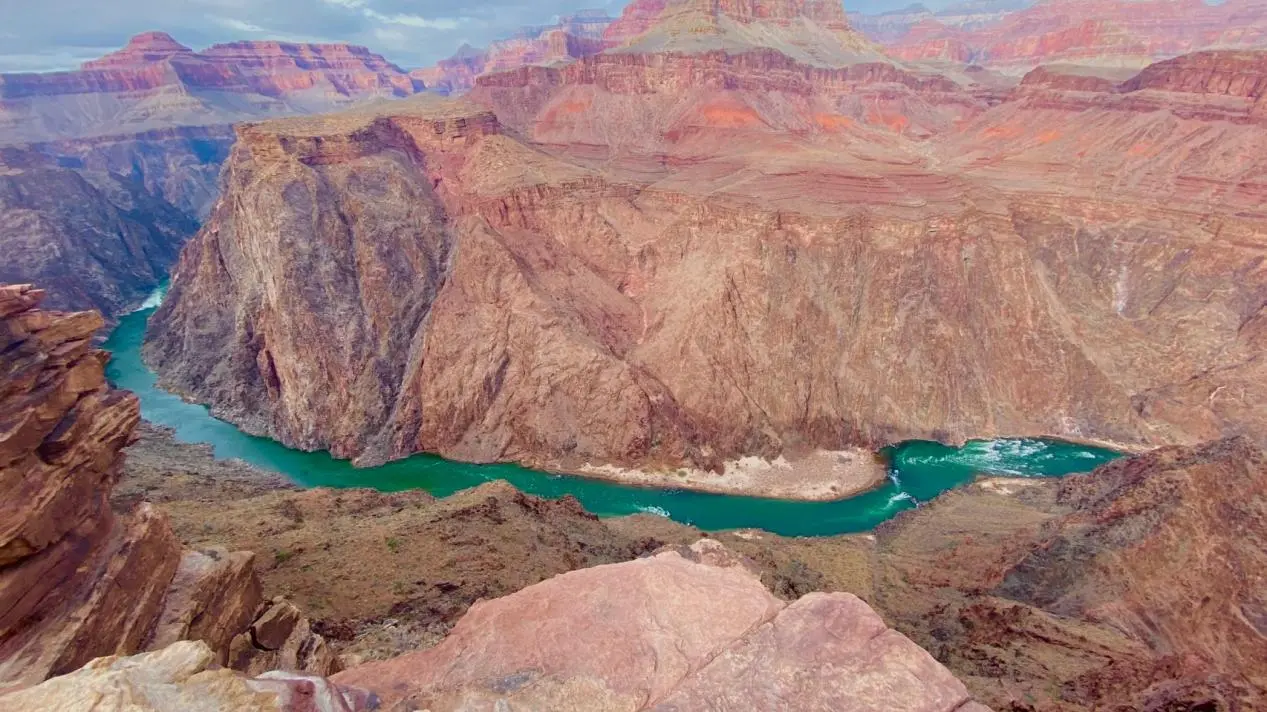
South Kaibab Trail
For ordinary tourists who only want to experience hiking, the South Kaibab Trail is the most classic
trail, with beautiful scenery along the way. You can choose to turn back at different locations
according to your physical exertion level. It is recommended that if your body is not particularly
weak,
you can walk to Cedar Ridge and then turn back. The round-trip journey to this location is about 4.8
kilometers, with a climbing altitude of about 350 meters. The scenery is magnificent and spectacular
enough, making it the best place for taking photos. Choosing this location will not be too heavy on
the
body, and there will be more physical challenges for other trails.
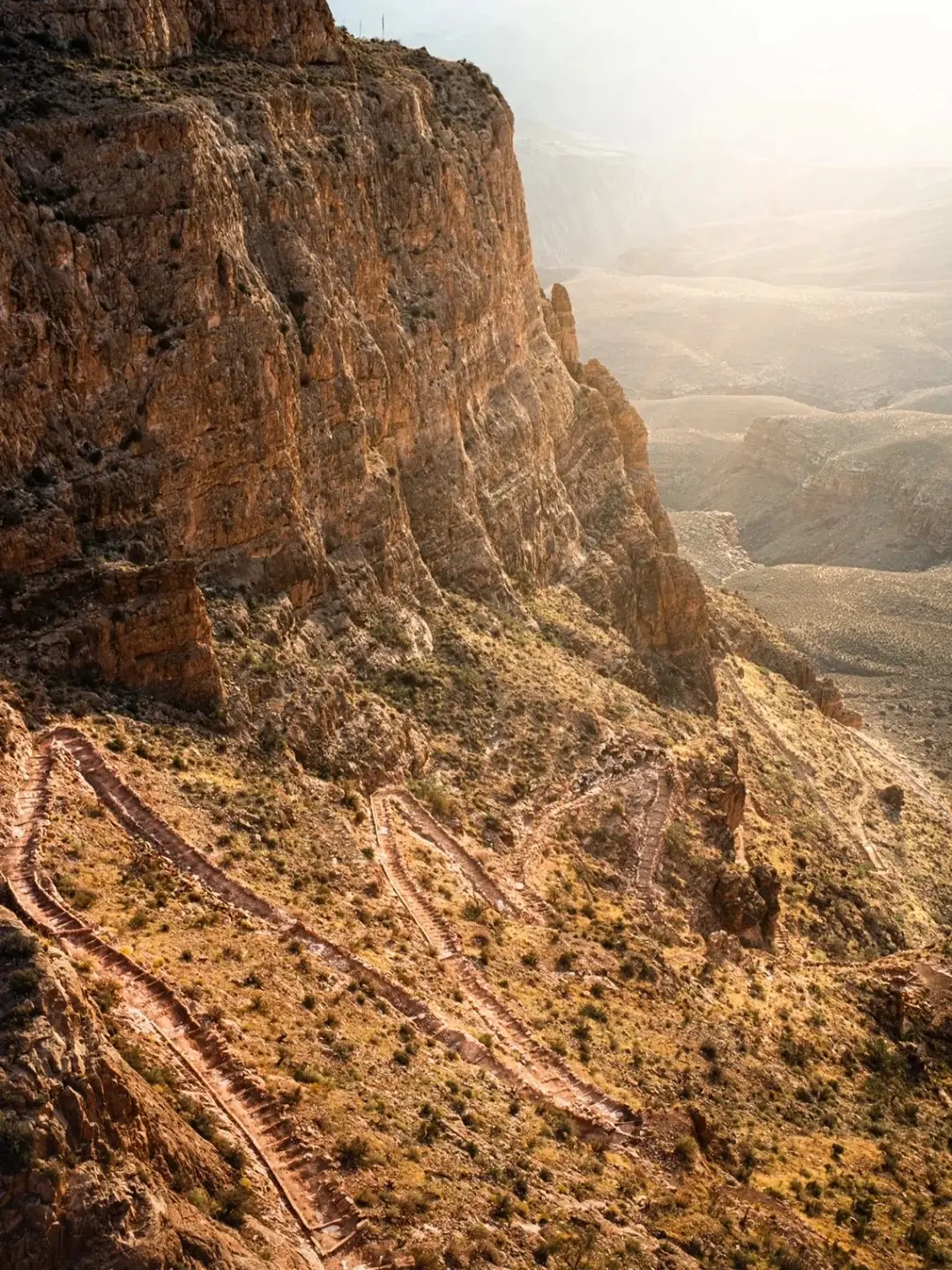
The Grand Canyon National Park attracts tourists from all over the world for its spectacular natural
scenery and rich geological relics. This place is open to tourists all year round, but the scenery
and climate vary in each season, and tourists can choose according to their preferences and
schedule. Whether it's hiking or photography, this place can meet the different needs of tourists.
The Grand Teton National Park is mainly composed of the Teton Mountains, which are 60 kilometers
long. The peak group of the Teton Mountains extends from the lake to the sky at an angle similar to
the spire of a Catholic church. The towering peaks are covered with millennium old glaciers, and the
scenery is extremely spectacular.
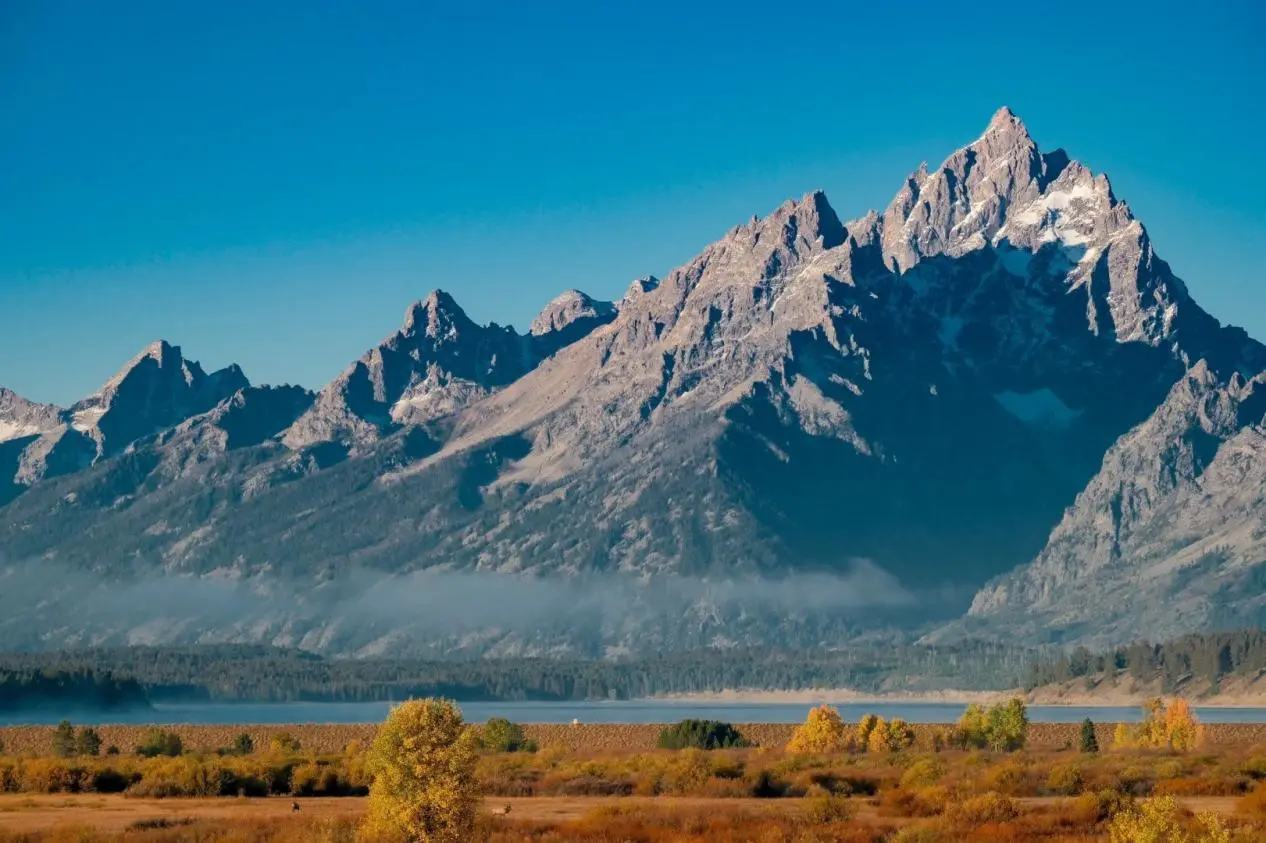
The highest peak in the park is Mount Teton, with an elevation of 4198 meters, which is a popular
destination for tourists to climb and admire. In addition to the mountains, the park also has
multiple lakes, among which Lake Jenny is the most famous. The Jackson Lake, formed by the dam
blocking the Snake River, is the largest water area in the park. The lake water is clear and
reflects the surrounding mountains, like a fairyland on earth.
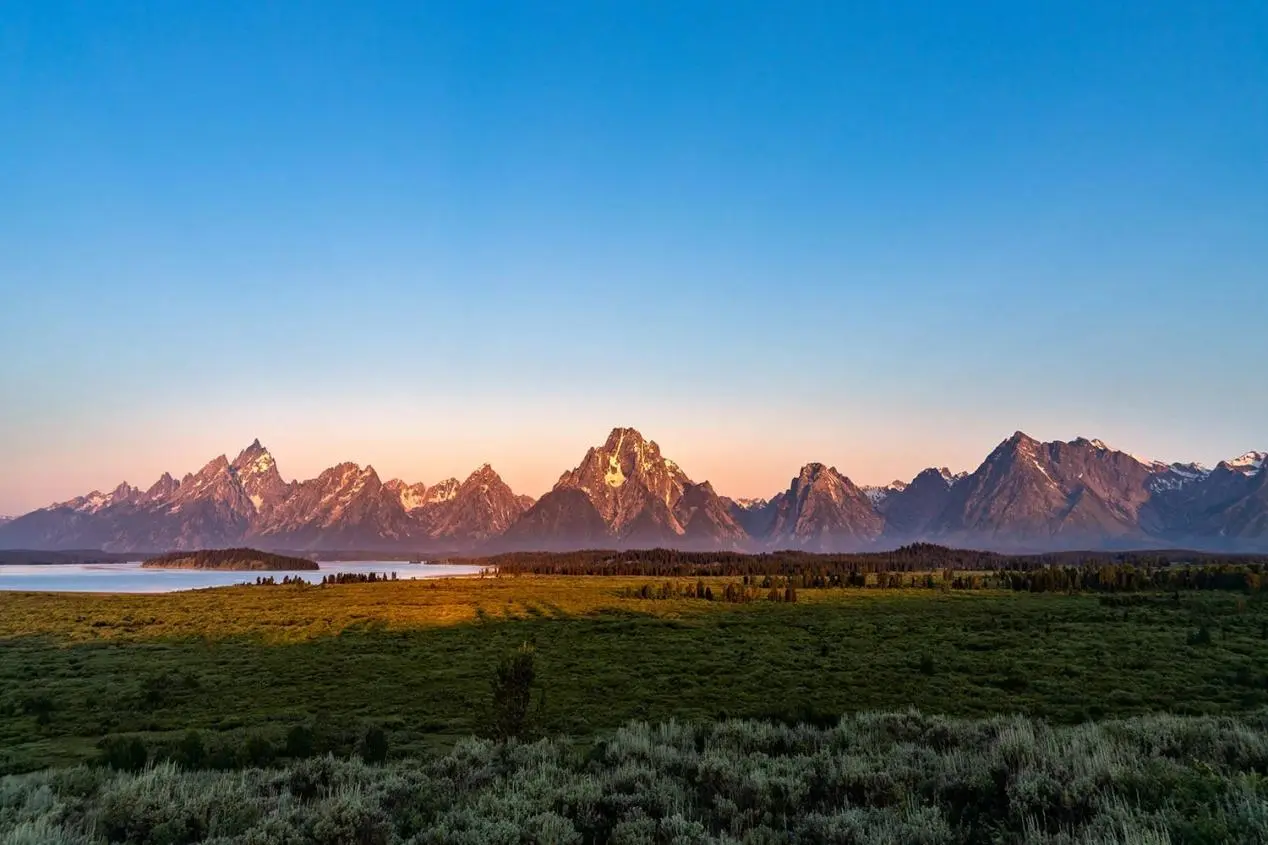
In addition to its charming scenery, Grand Teton National Park also boasts a world-renowned wildlife
ecosystem and is home to the world's largest elk herds. In addition, the park also has American
bison, antelope, mink, beaver, and various other mammals, providing visitors with rich viewing and
photography opportunities. The vegetation in the park is rich and diverse, including various alpine
plants and grassland vegetation, presenting visitors with vivid natural paintings.
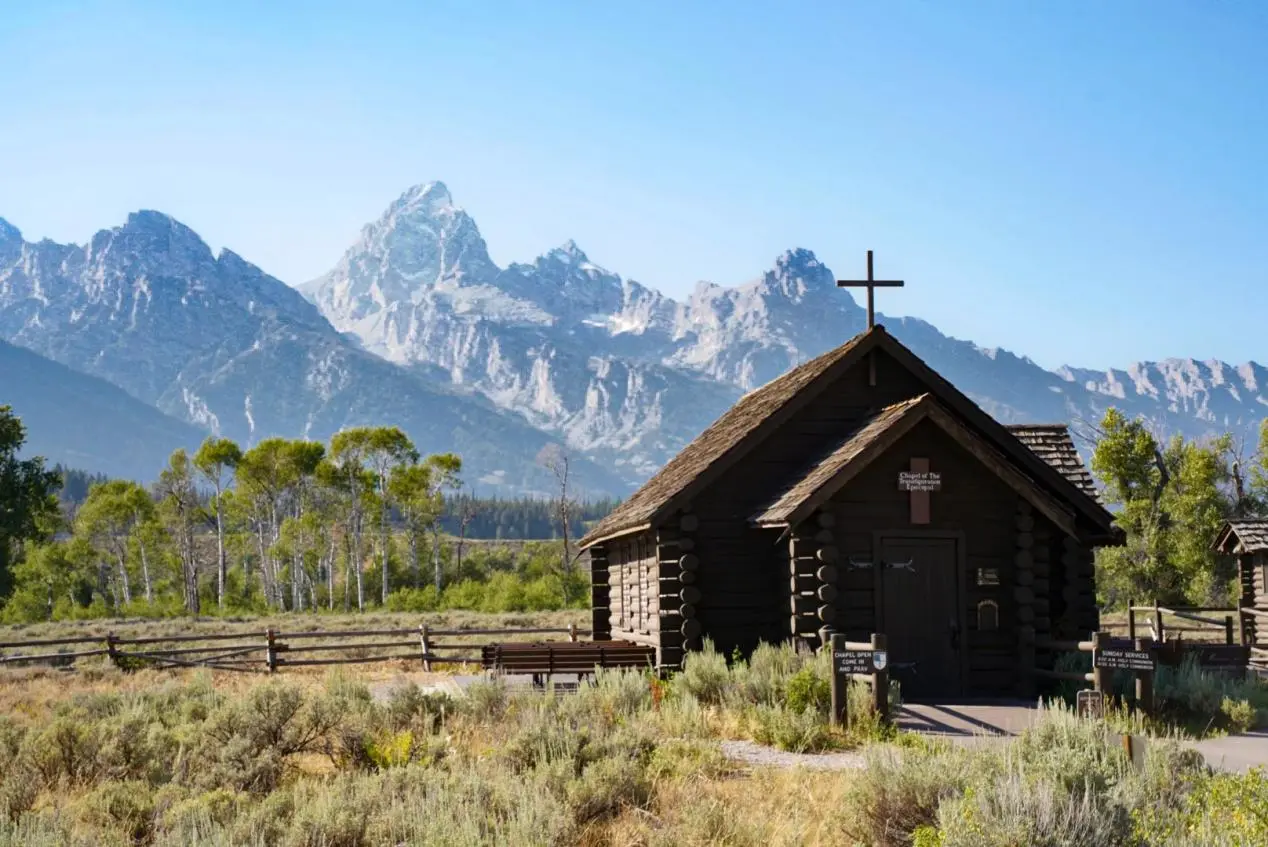
Grand Teton National Park is open year-round and does not require any admission fees. Visitors can
choose the appropriate season to visit according to their own schedule. Self driving tours are the
main way to visit Grand Teton National Park, where visitors can freely drive through the park and
enjoy the beautiful scenery along the way.It is recommended to walk around the park to better
appreciate and feel the charm of nature. Meanwhile, tourists should wear comfortable shoes and bring
sufficient water and food to ensure the safety and enjoyment of the trip.
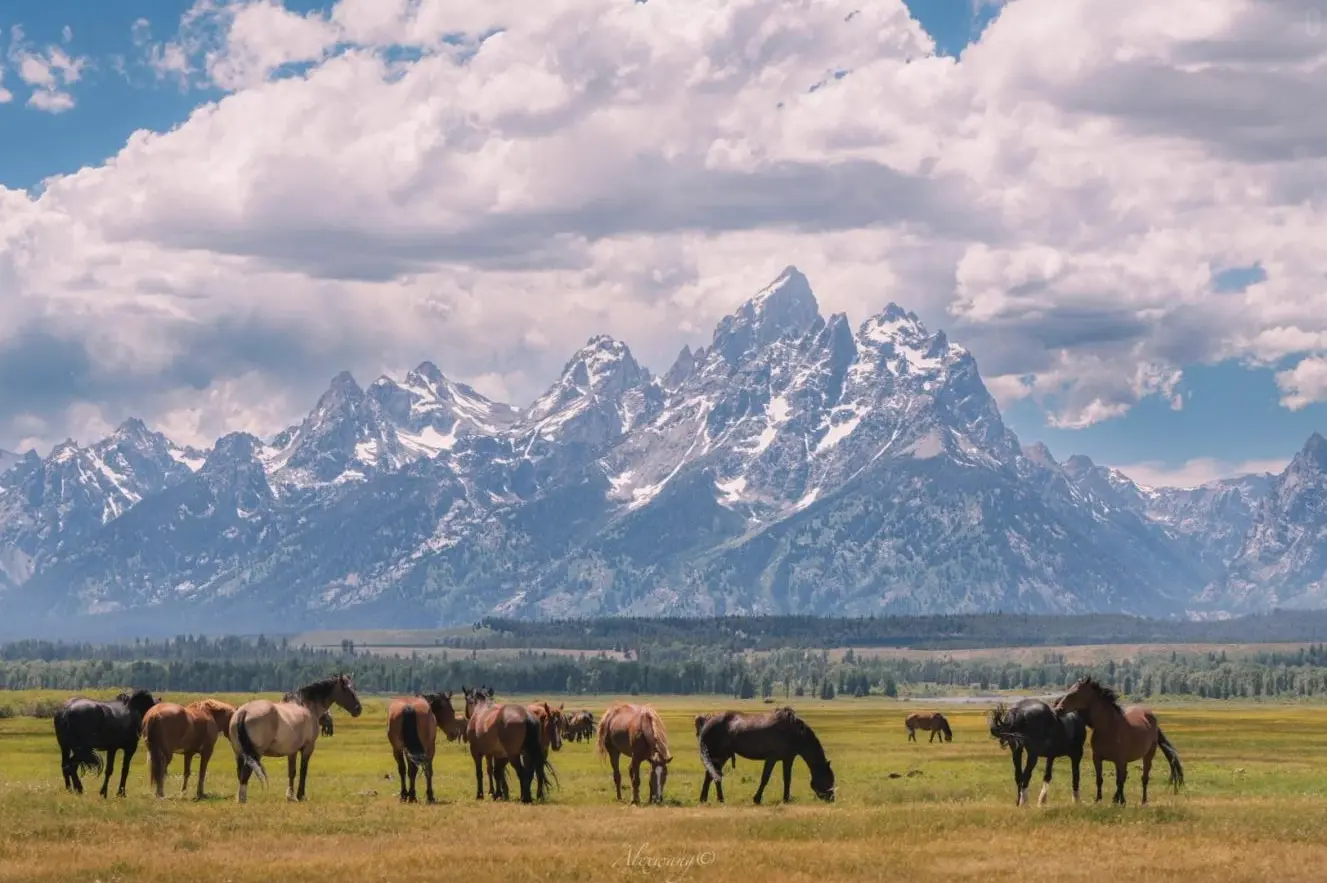
1.Crater Lake National Park
The park is open year-round, but some roads and attractions may be closed due to seasonal and
weather conditions.
Cost:A single ticket costs $30, or a national park annual ticket costs $80
Recommended attractions:
Garfield Peak Trail
Wizard Island
Phantom Ship
Discovery Point Trail
Cleetwood Cove Trail
Cloudcap Overlook
Vidae Falls
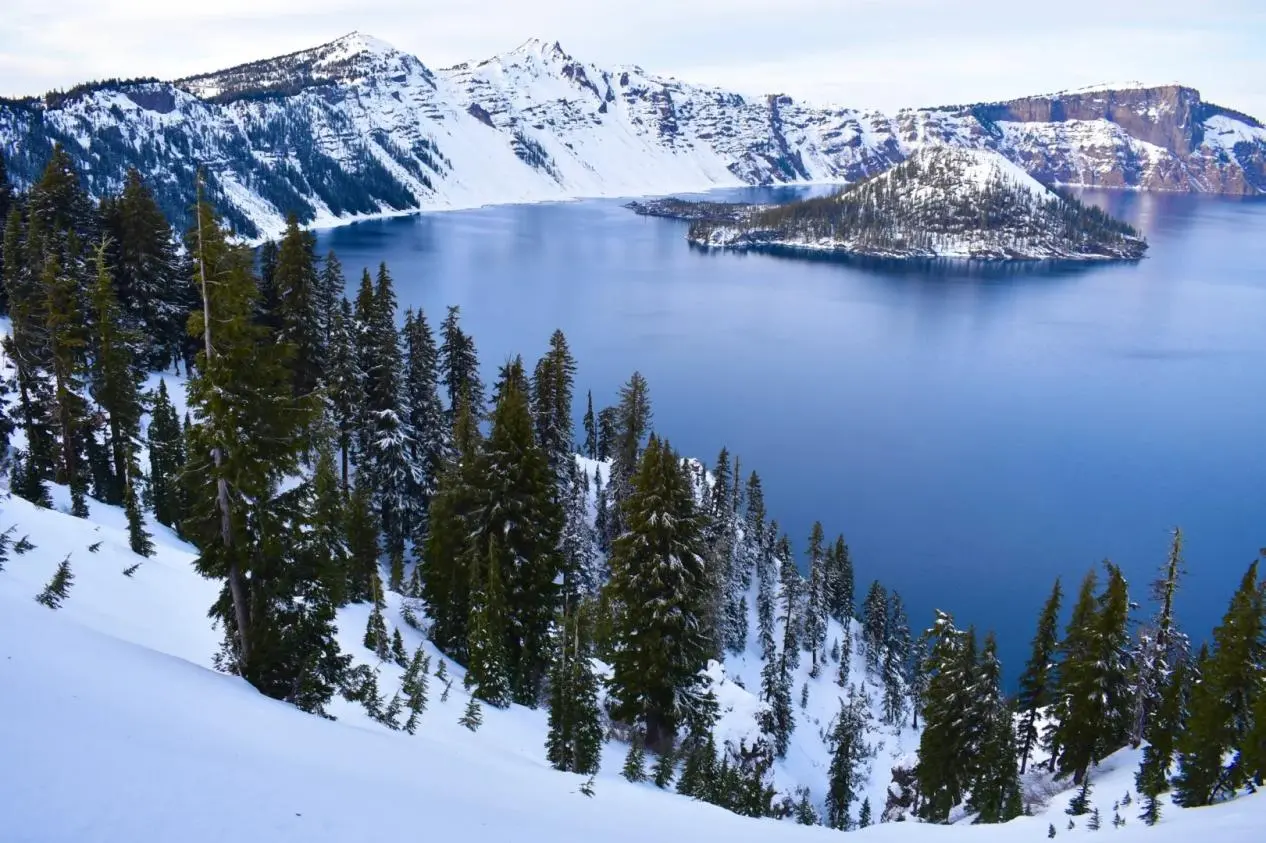
2.Sequoia&Kings Canyon National Park
Cost:Each car costs $35, each motorcycle costs $30, and a $20 ticket is required for hiking or
cycling,The paying vehicle or individual can enter and exit the park unlimited times within 7 days.
Recommended attractions:
Foothills
Mineral King
Giant Forest & Lodgepole
Grant Grove
Cedar Grove
The General Sherman tree
General Grant's tree
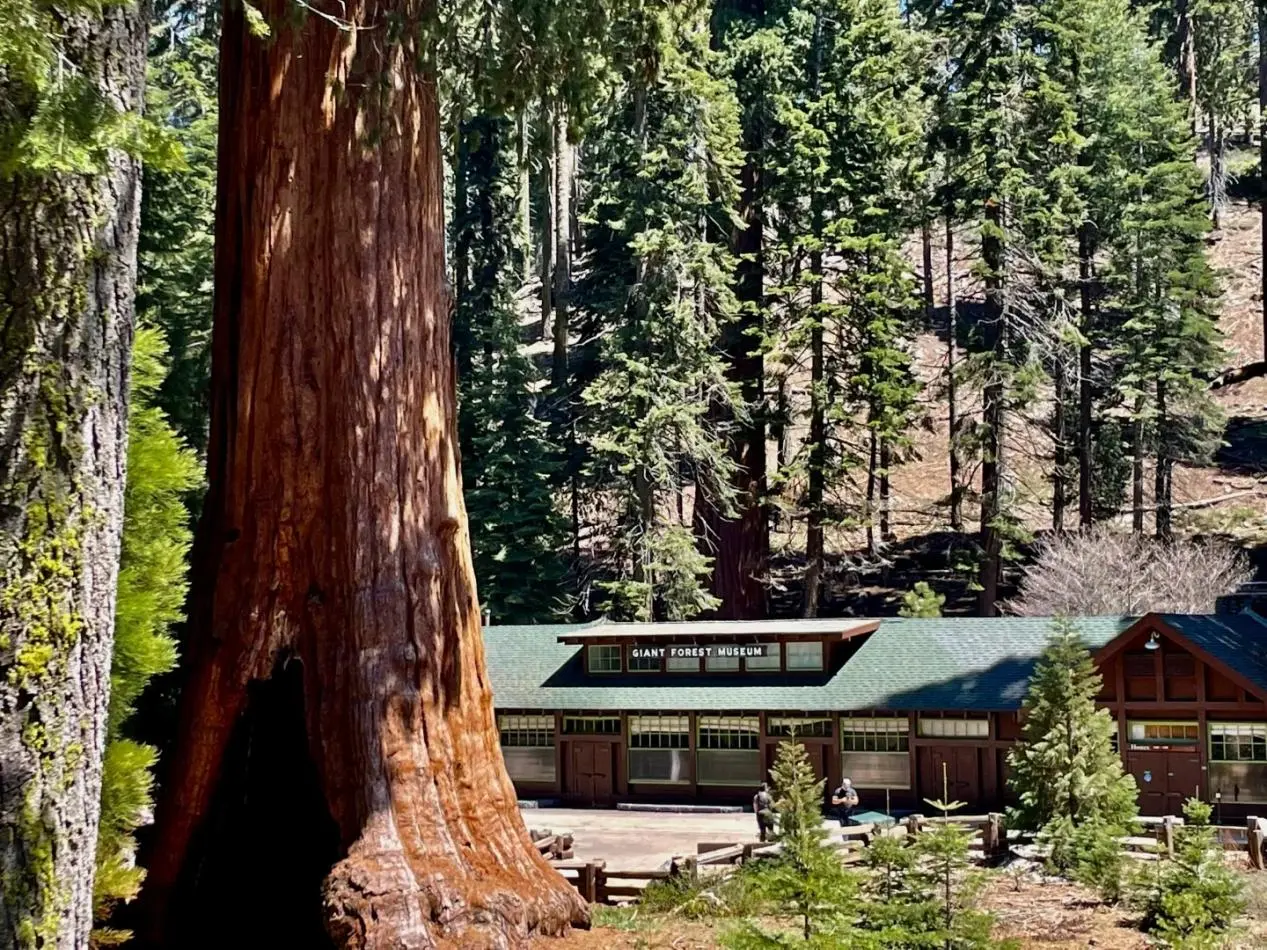
3.Yosemite National Park
Cost:Each car is charged $35, and each person is charged $20. The paying vehicle or individual can
enter and exit the park unlimited times within 7 days.
Recommended attractions:
Half Dome
El Capitan
Bridalveil Falls
Horsetail fall
Tunnel View
Yosemite valley Chapel
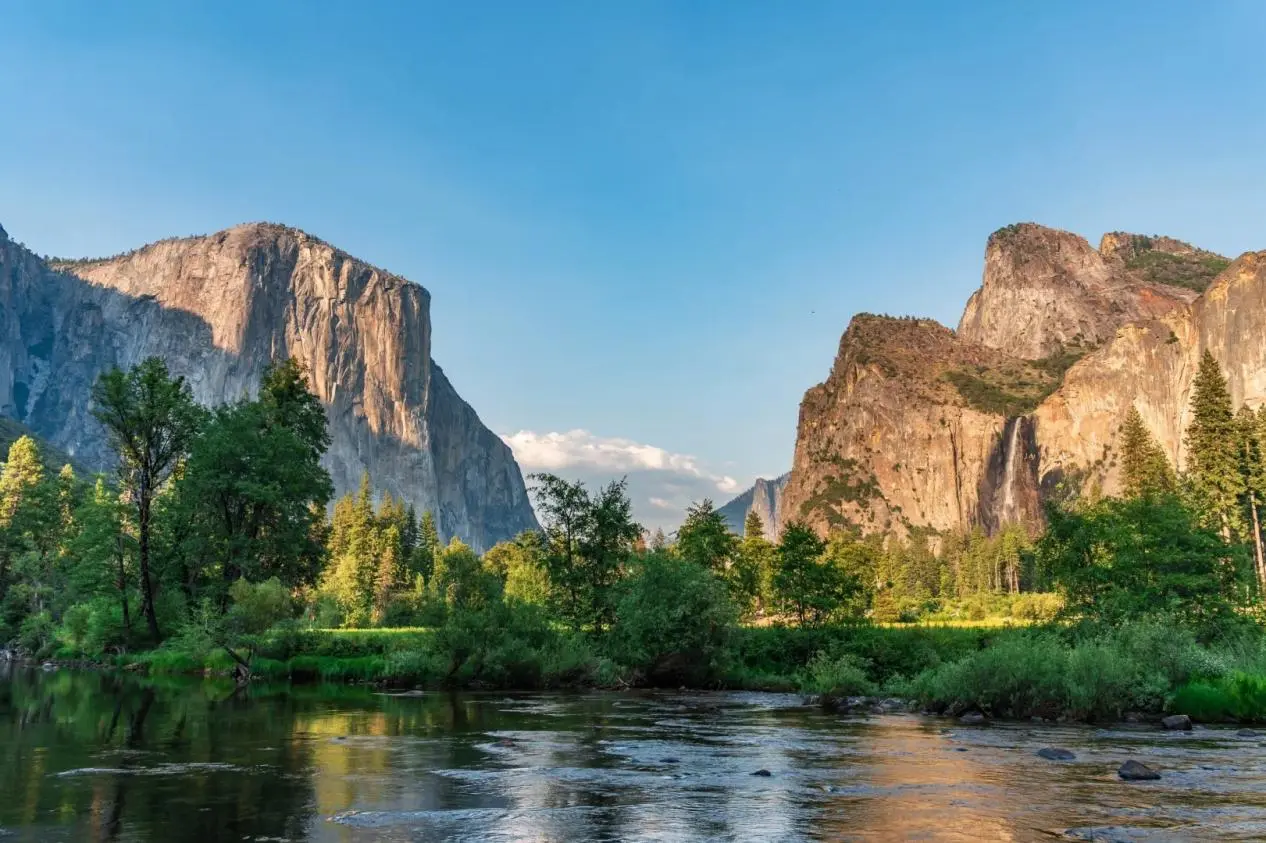
4.Death Valley National Park
The park is open all year round, but it is recommended that the best travel time be during the
spring, autumn, and winter seasons, when the temperature is moderate and suitable for outdoor
exploration. The temperature in summer is relatively high and may be unbearable, so it is
recommended that tourists avoid visiting during the summer.
Cost:Each vehicle entering the park requires a $30 ticket, which is valid for 7 days.
Recommended attractions:
Dante’s View
Devil’s Golf Course
Golden Canyon
Zabriskie Point
Badwater Basin
Racetrack Playa
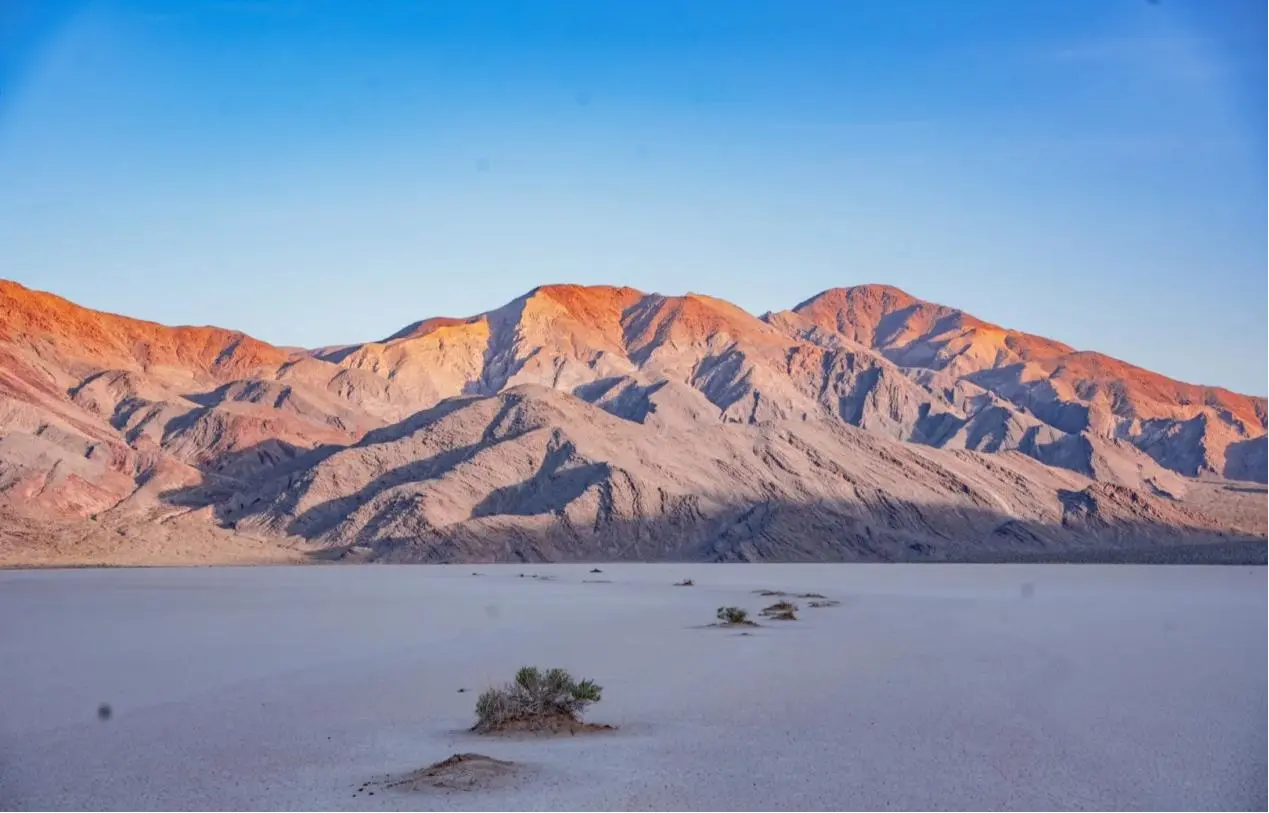
5.Grand Canyon National Park
Grand Canyon South Rim: including Grand Canyon Village and Desert, open all year round, preferred by
most tourists, recommended to visit in spring/summer/autumn
Grand Canyon North Rim: With a small development area, it is open from May 15th to October 15th
every year, making it more suitable for accommodation and camping
Cost:Private cars charge $35, motorcycles charge $30, and tourists charge $20 per person,The paying
vehicle or individual can enter and exit the park unlimited times within 7 days.
Recommended attractions:
Point Imperial
Cape Royal
Phantom Ranch
Bright Angel Point
Mather View Point
Subwonders Point
Hermit’s Way
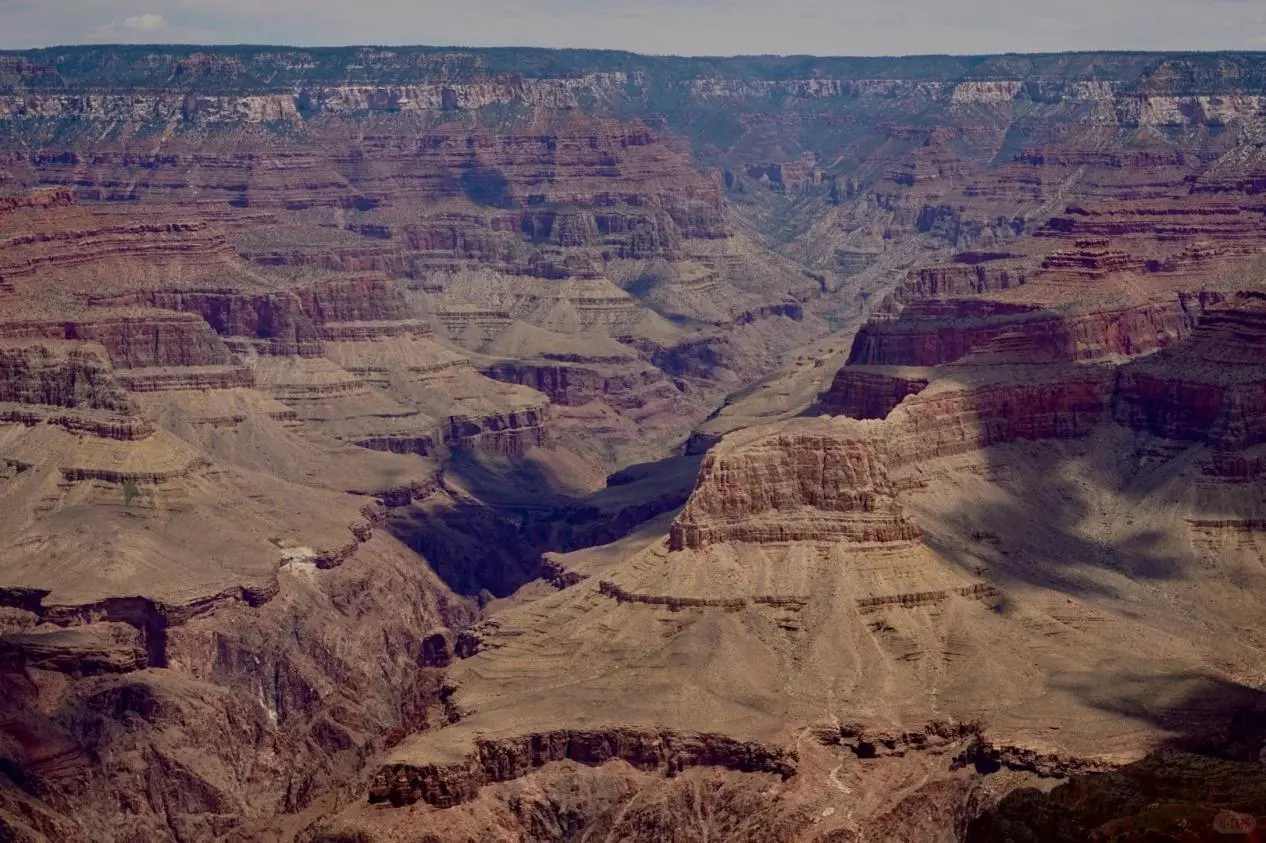
6.Yellowstone National Park
Cost:The price of each vehicle pass is $35, and the price of a motorcycle pass is $30; The price for
pedestrian/bicycle passes is $20. All passes are valid for 7 days.
Recommended attractions:
Grand Prismatic
Old Faithful
West Thumb
Yellow Stone Lake
Mud Volcano
Grand Canyon
Tower Fall
Mammonoth
Norris Geyser Basin
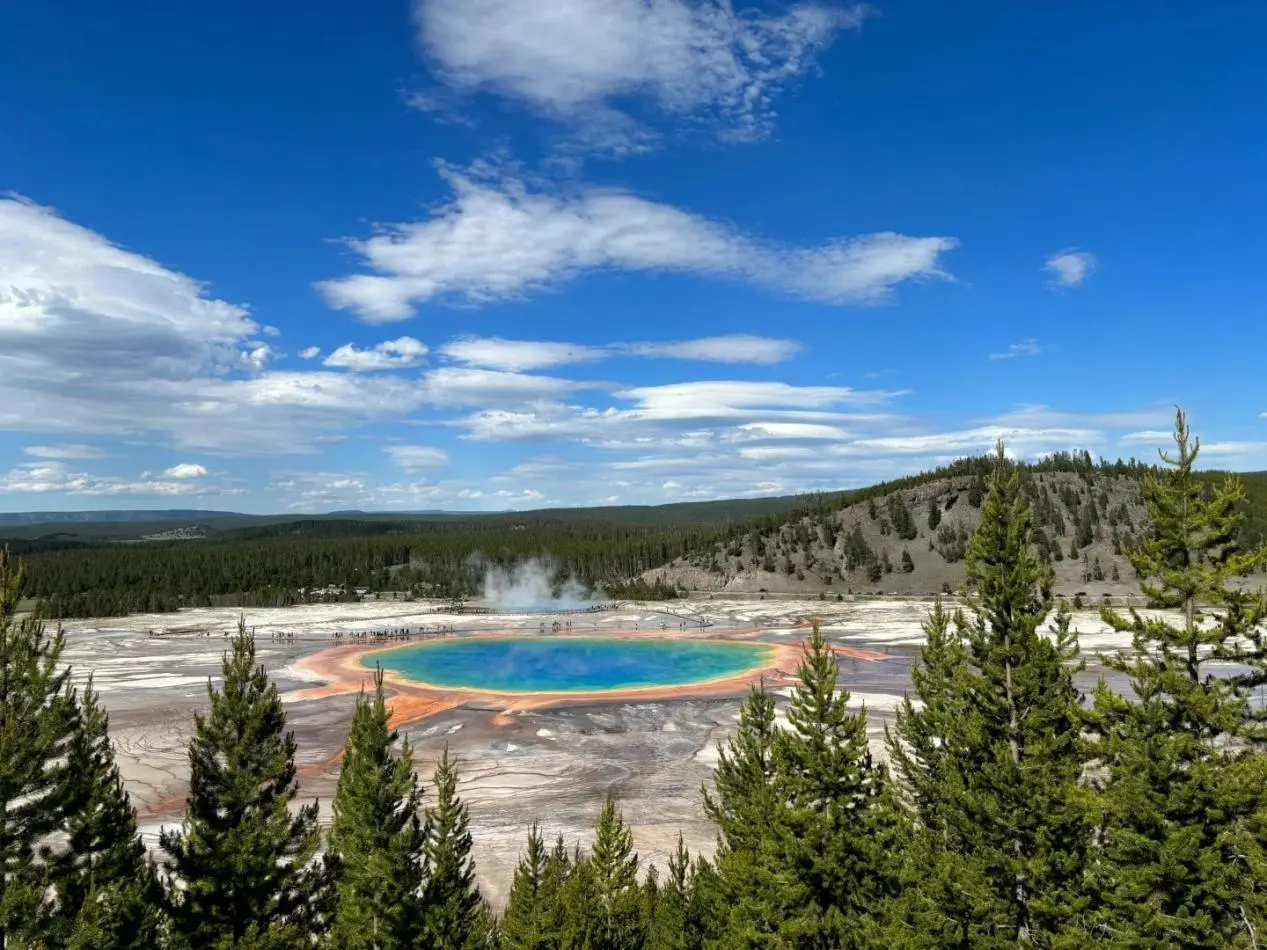
7.Saguaro National Park
Cost:If there is no national park annual pass ($80), the ticket price is $25 per vehicle; Each
motorcycle is charged $20; Pedestrians are charged $15 per person. There is a national park annual
pass that allows free entry.
Recommended attractions:
Giant Pillar Cactus Forest
Overlooking the canyon
Desert Ecological Tracking
Cactus Forest Off road
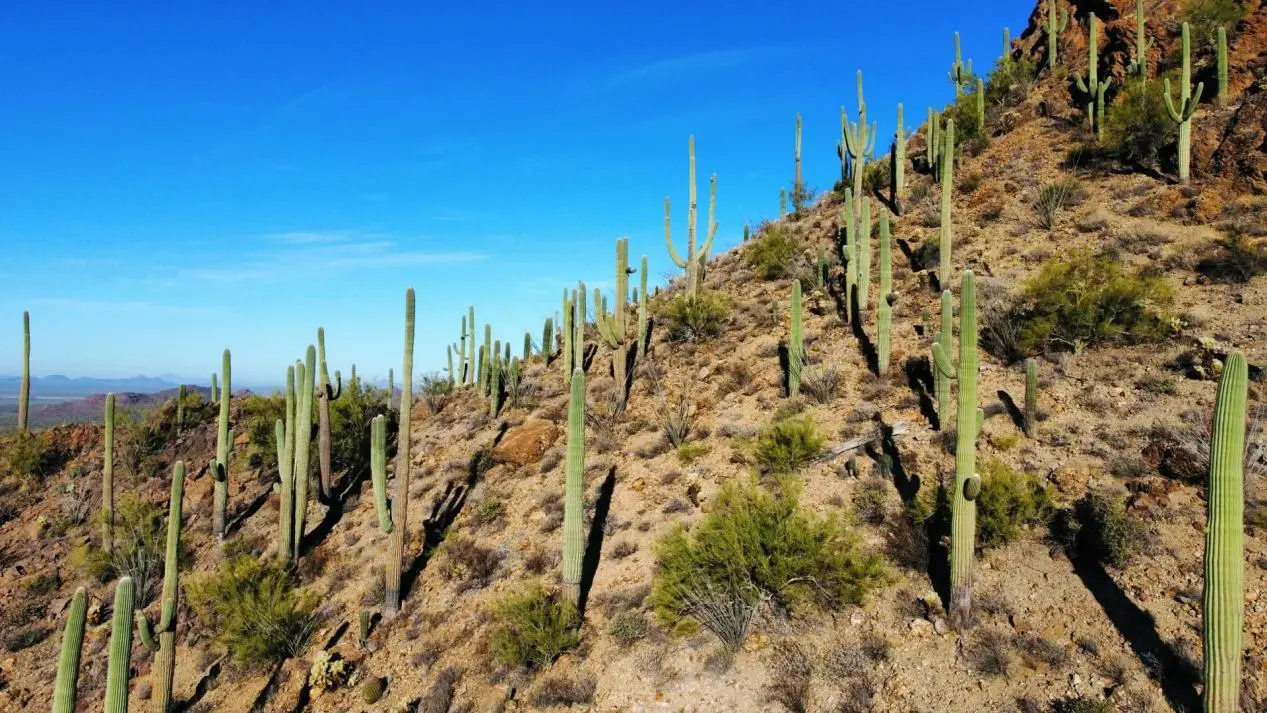
The main purpose of this park is to protect the growing giant cactus forest, and the park is named
after it. The plants in the park are mainly giant pillar cacti, as well as various plants such as
hedgehog cacti, prickly pears, spindle shaped Mexican prickly trees, phenolic trees, and prickly
pear cacti. The terrain in the park is mostly deserts, mountains, cactus forests, and pine forests,
making it a great place to enjoy the desert scenery.
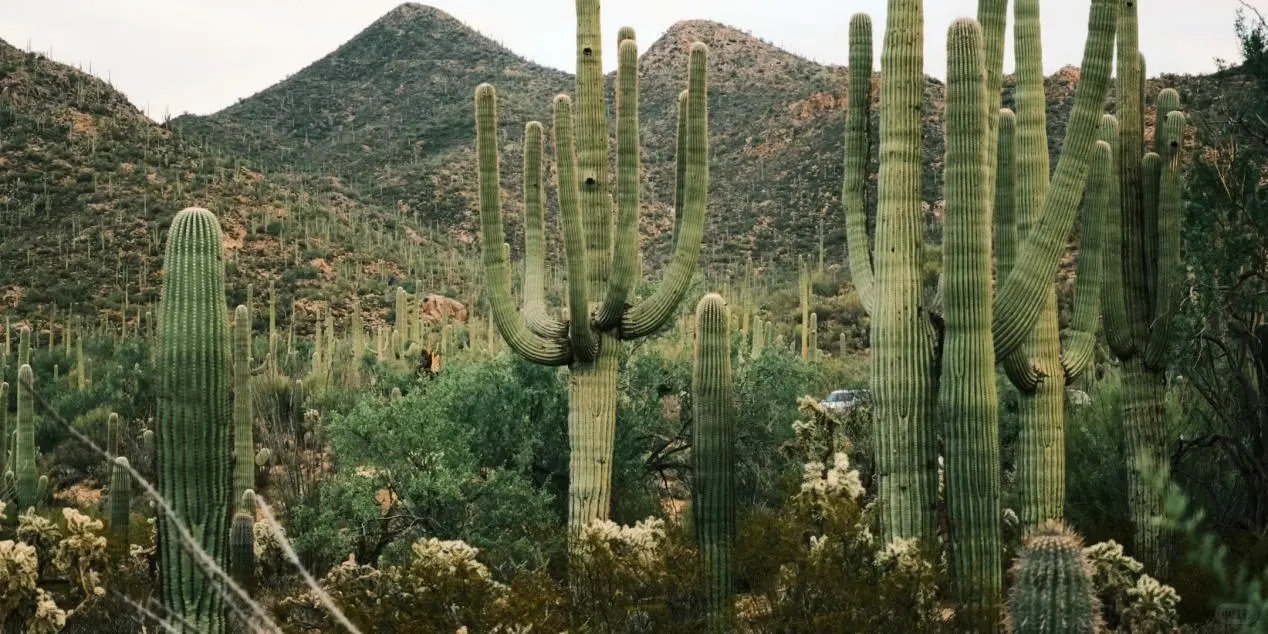
There is a self driving observation deck in the park, where visitors can drive through the cactus
forest and enjoy these tall cacti up close. At the same time, the park provides visitors with desert
ecological tracking activities, allowing them to gain a deeper understanding of desert ecosystems
and biodiversity. There is also a self driving observation deck in the park, where visitors can
drive through the cactus forest and enjoy these tall cacti up close.
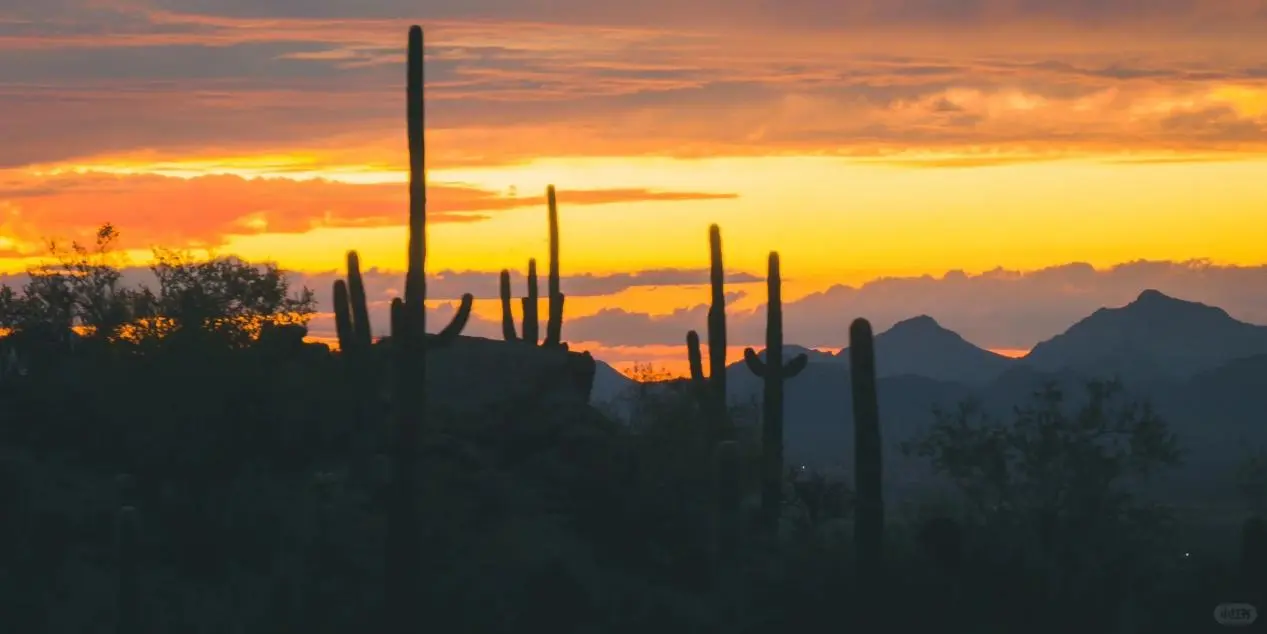
Giant Pillars National Park is open for free, usually from 9am to 5pm, but the specific time may be
adjusted due to seasonal and weather factors. It is best for tourists to check the latest opening
hours before heading to the park. Tourists do not need to purchase tickets to enter the tour.
However, please note that there may be some special activities or facilities in the park that
require additional fees, and visitors should be aware of the relevant fee information in advance
when participating.
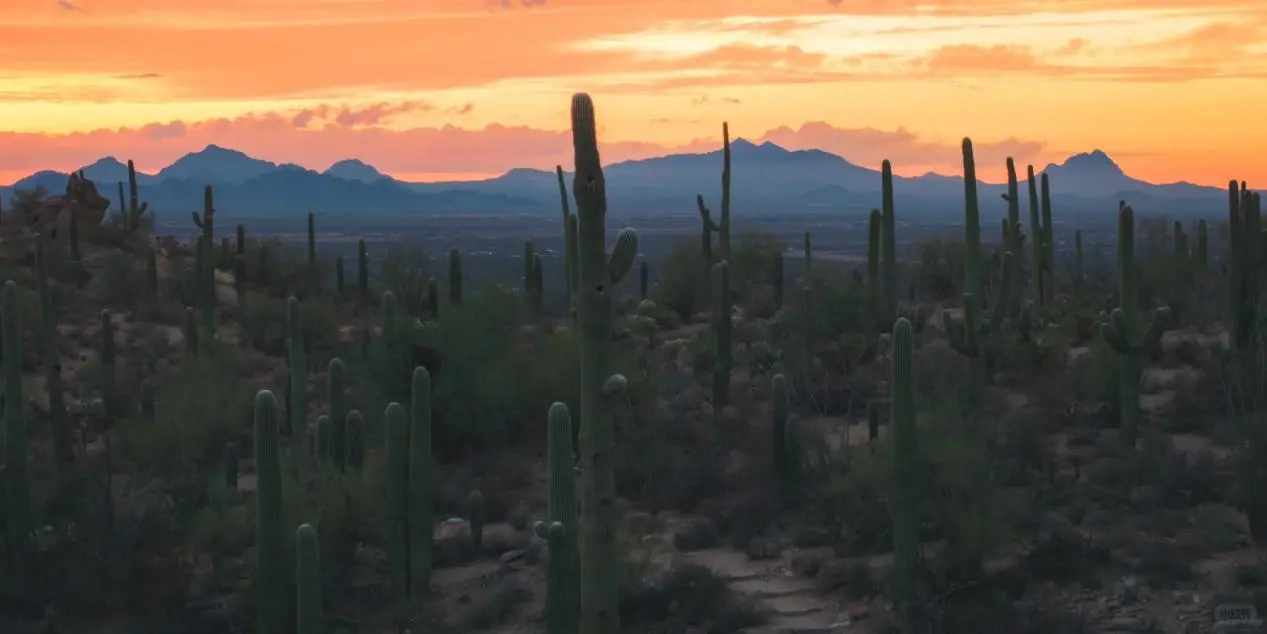
Due to the desert terrain in the park, it is recommended that visitors wear comfortable and
breathable shoes and clothing, and bring sufficient drinking water and sunscreen to cope with high
temperatures and strong sunlight. It is recommended to visit in spring and autumn when the weather
is suitable, which can avoid the high temperatures in summer and enjoy the rich natural scenery.
During the tour, one should follow the park's regulations and guidelines, and not trample on
vegetation or enter prohibited areas. At the same time, attention should be paid to protecting the
natural environment and not littering or damaging vegetation at will.
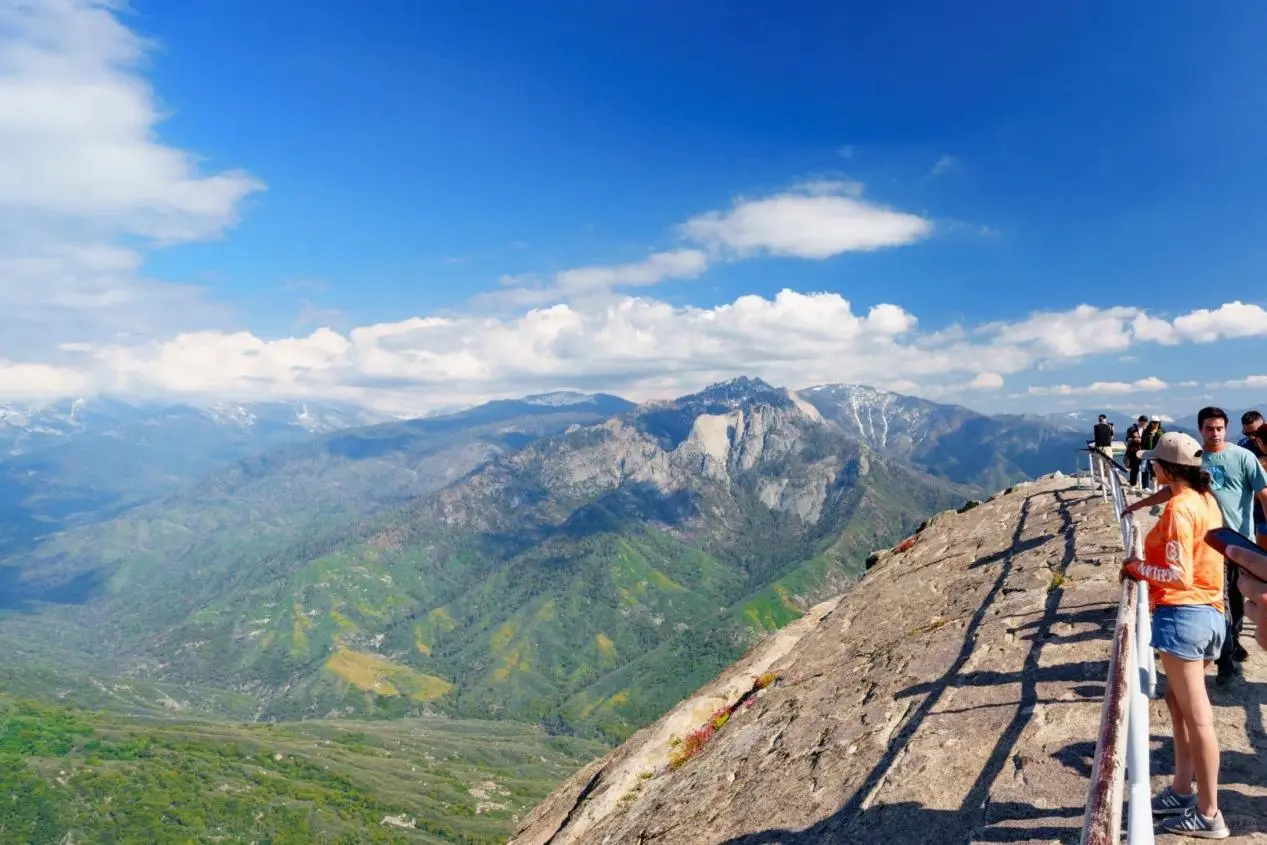
This park consists of two national parks, the Kings Canyon National Park in the north and Sequoia
National Park in the south. These two national parks are considered as a whole in terms of
management and operation. Since World War II, King's Canyon National Park and American Cedar
National Park have been jointly managed as American Cedar and King's Canyon National Park. Over the
past 120 years, these parks have expanded to 1353 square miles, with 97% designated as wilderness
and managed.
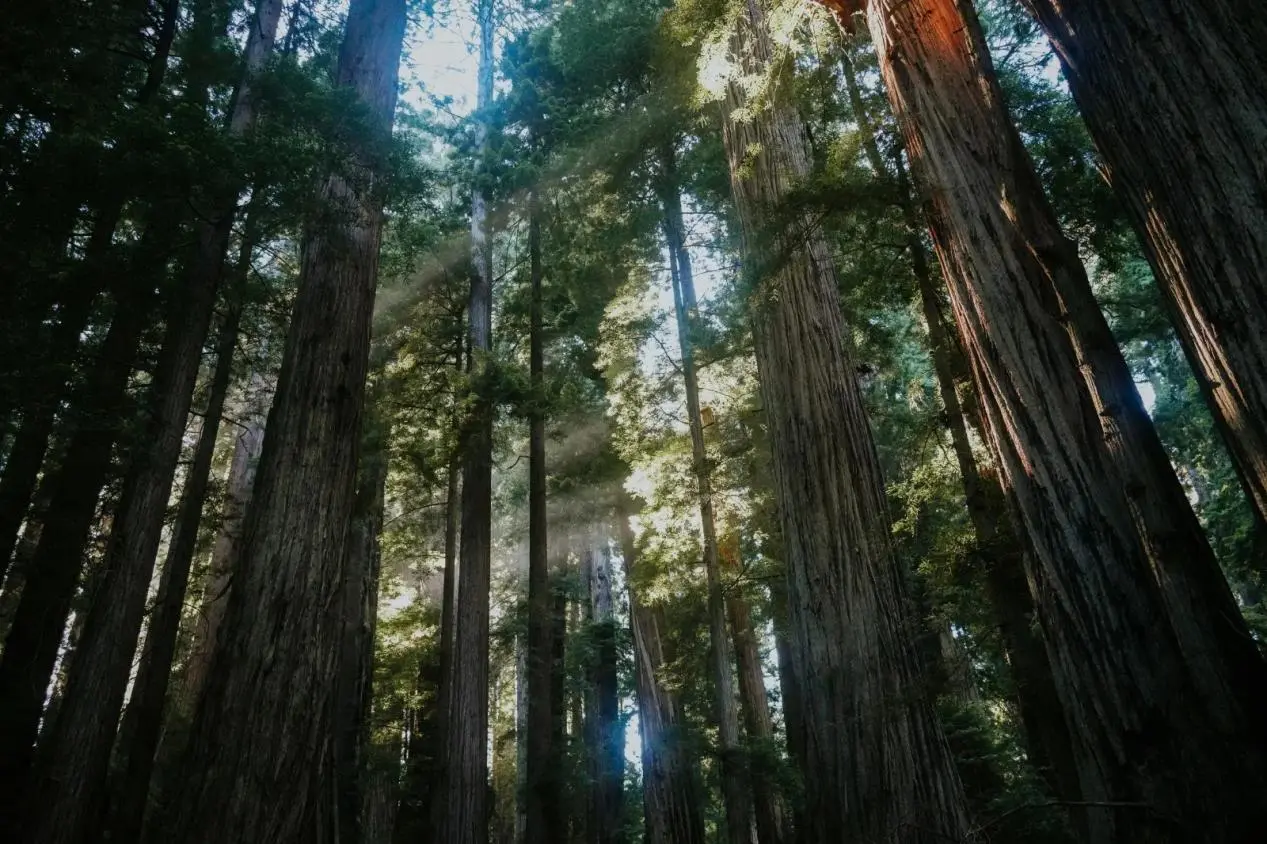
Giant Forest
The core area of the park is home to over 8000 redwood trees, including several of the world's
largest trees. Tourists can enjoy these stunning natural wonders up close along multiple hiking
trails. In addition to redwood trees, the park also has a rich ecosystem, inhabited by various flora
and fauna such as black bears, cougars, mule deer, and pine martens. In terms of vegetation, it
includes white fir trees, sugar pine trees, and California black oak trees.
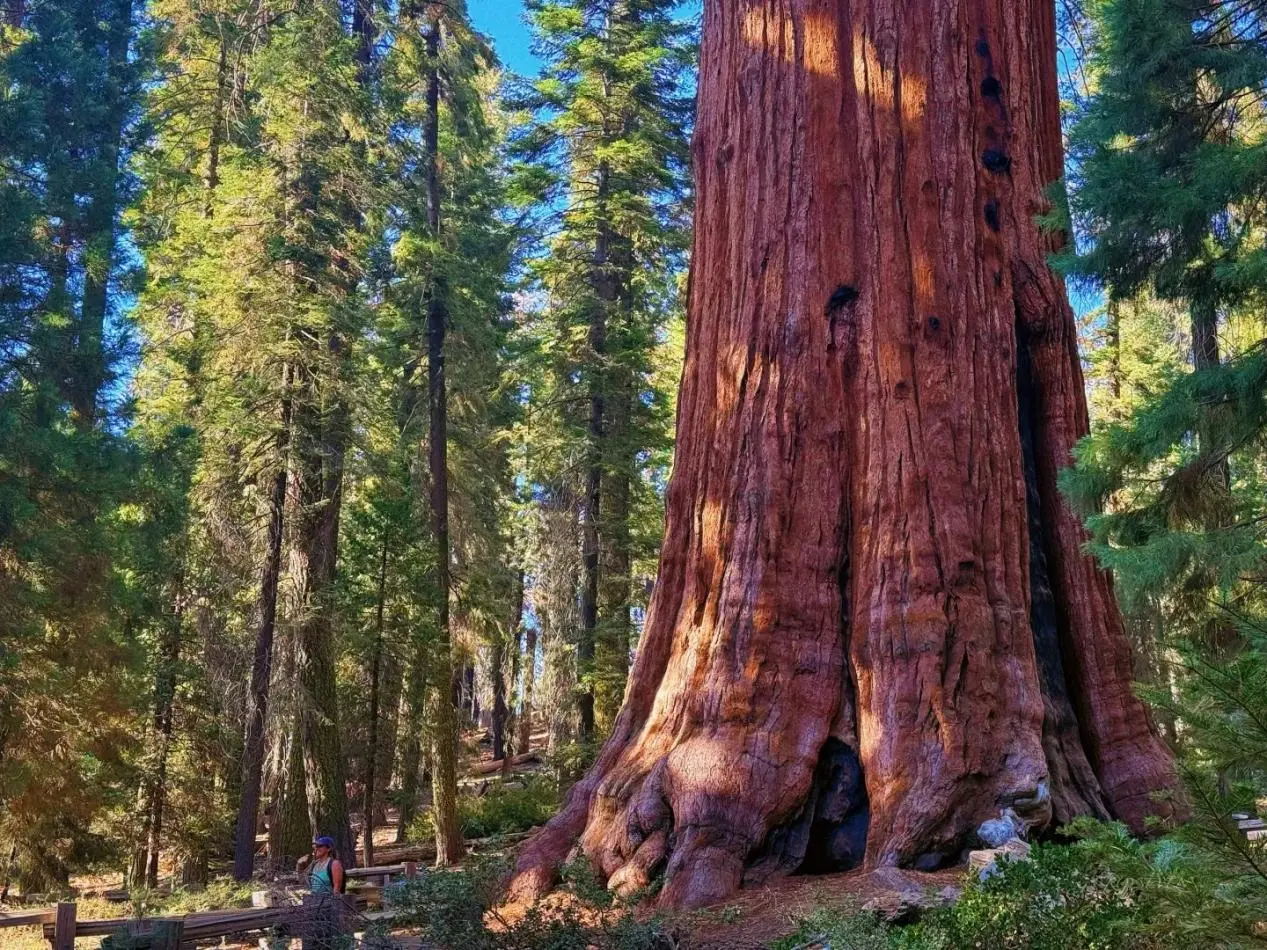
General Sherman Tree
The General Sherman Tree is the largest tree in the world, named by naturalist James Wolverton in
1879
in honor of Union General William Tecumseh Sherman during the Civil War. In order to protect the
General
Sherman tree and its surrounding ecosystem, a fence was erected around the tree in 2017. Fences help
protect the roots of trees from being trampled and provide a barrier to prevent tourists from
climbing
the tree or damaging the bark.

General Grant's tree
General Grant's tree has a huge diameter at the bottom, and it takes about 20 people to hug it for a
week. The tree trunk towers into the clouds, with a tall and straight shape and a dense canopy,
showcasing the magnificence and grandeur of the redwood tree. The General Grant tree is the second
largest tree in the world in terms of trunk volume, second only to the General Sherman tree. The
name of the General Grant Tree comes from the famous general Grant during the American Civil War,
who served as the commander-in-chief of the Northern Federation and performed outstandingly in the
war. In 1956, President Eisenhower named this tree the "National Altar" in honor of those who
sacrificed their lives for their country in war.
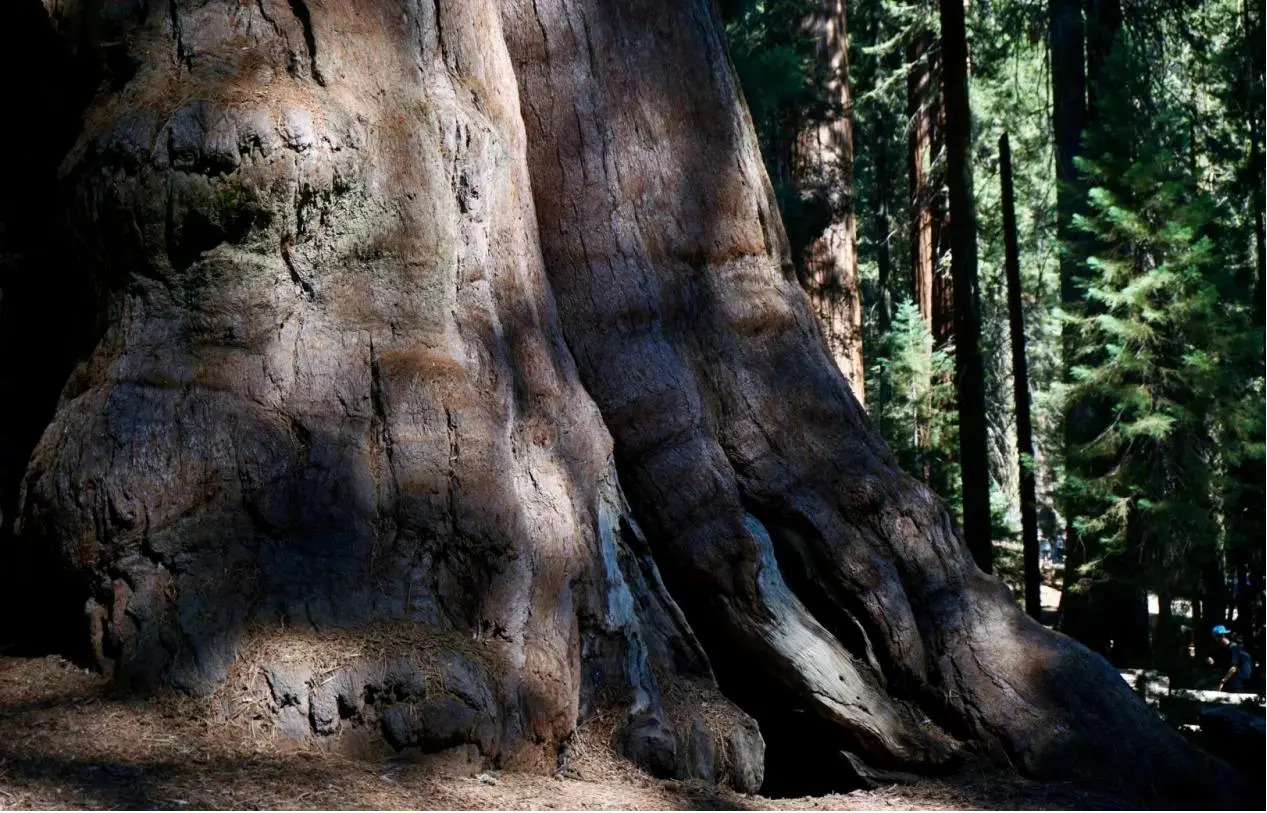
Congress Trail
This trail is located in Sequoia National Park and King's Canyon National Park in California, USA.
This
trail is close to the General Sherman Tree, one of the largest trees in the world and an important
attraction during hiking. The red cedar trees on both sides of the trail are tall and straight, with
dense canopies, providing visitors with a peaceful and mysterious forest world. Due to the
popularity of
the Congressional Trail, parking may become a problem. It is recommended that tourists arrive early
or
choose to use the park shuttle bus to avoid parking difficulties.
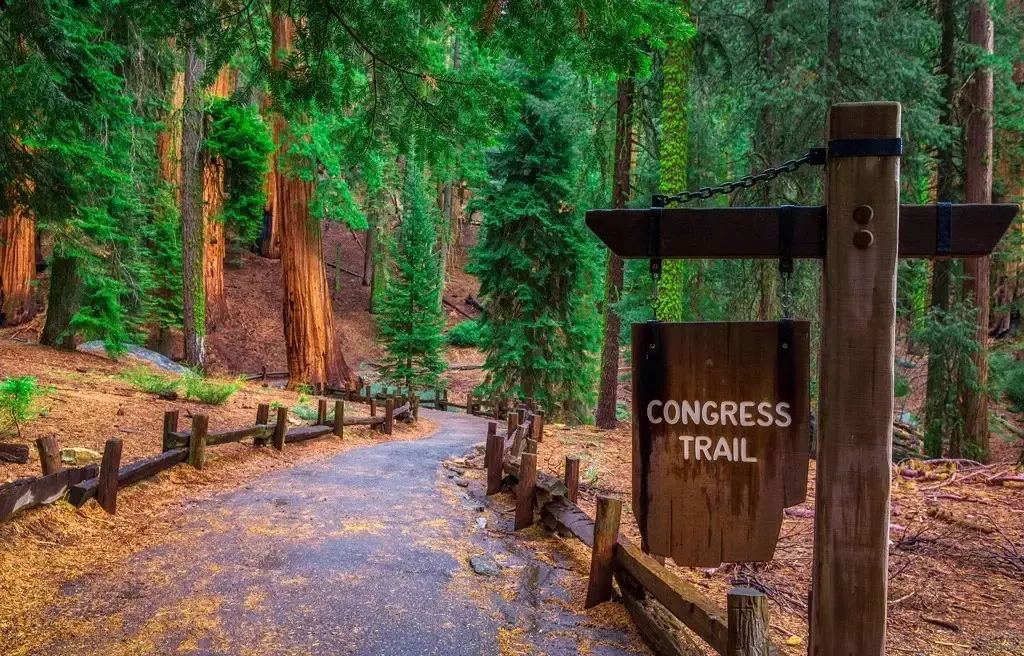
Redwood Canyon Trail
The hiking difficulty of Redwood Canyon Trail is moderate, suitable for families or friends to
travel
together. The trail is relatively flat with little climbing or descending, so even first-time hikers
can
easily handle it. Thick red cedar trees grow on both sides of the trail, providing visitors with a
peaceful and mysterious hiking environment. These redwood trees are tall and straight, with dense
canopies, a perfect combination of nature and history. During the hiking process, tourists also have
the
opportunity to see various wild animals such as squirrels, birds, etc. These animals freely shuttle
through the redwood forest, adding a lot of fun to tourists.
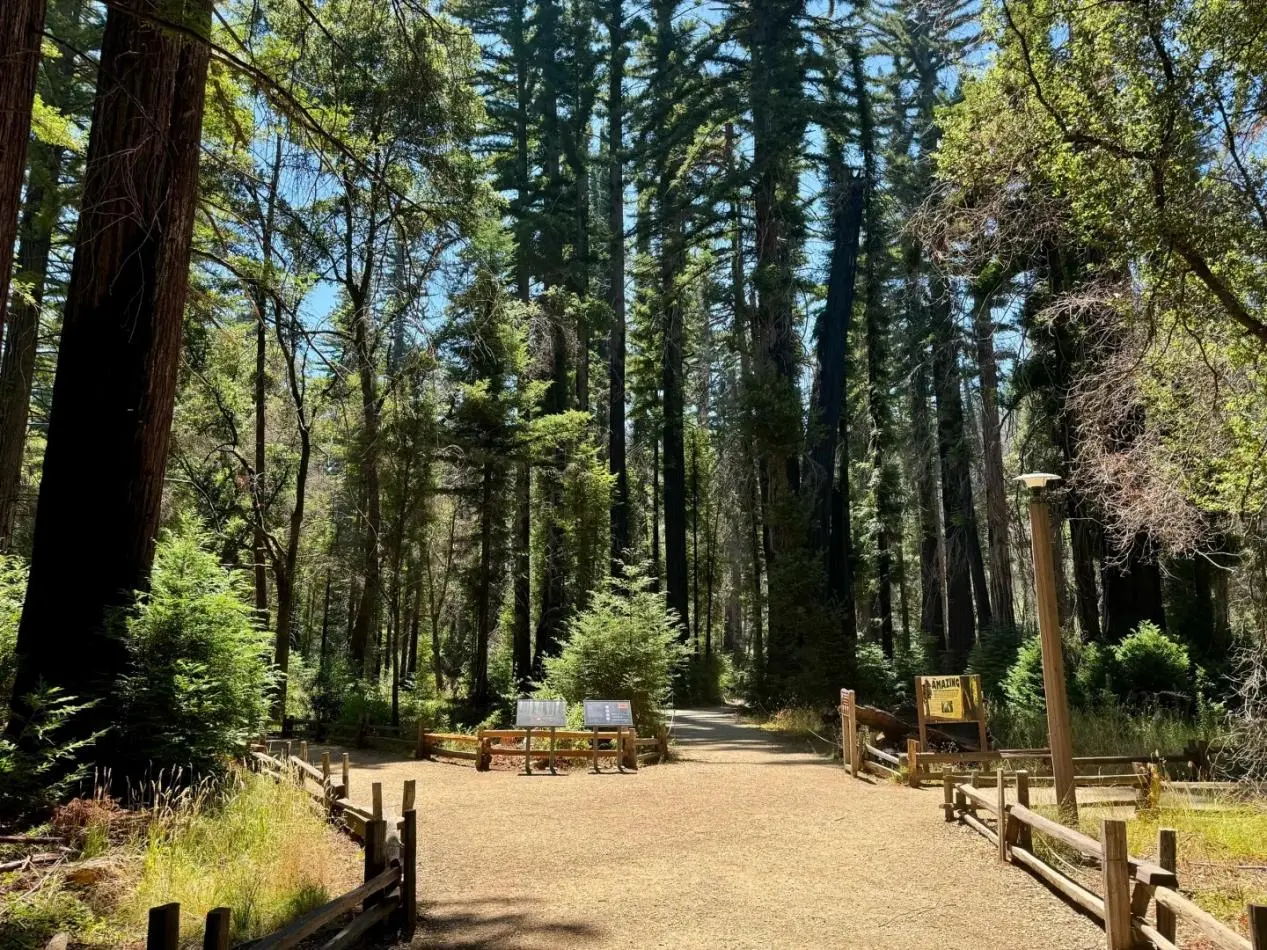
Sequoia&Kings Canyon National Park is a comprehensive national park that combines natural
landscapes, historical culture, outdoor activities, and leisure tourism. Whether it's hiking,
camping, photography, or simply admiring the beauty of nature, this is a rare and wonderful place to
go.
Yellowstone National Park is the first national park in the United States and the world, renowned
for its magnificent natural scenery, abundant wildlife and plant resources, and unique geological
phenomena. The park is open all year round, but most roads are only open from early June to the end
of September. Tourists need to check the official website for the latest information based on
specific circumstances.
Norris Geyser Basin
Within Yellowstone National Park in the United States, it is the location of a series of geysers
with
the highest and most unstable temperatures. The geysers in the Norris Geyser Basin are quite
colorful,
ranging from clear blue-green to soft milk like blue white, providing visitors with visual
enjoyment.
There are also some orange or green river channels formed by fungi in the basin, as well as
constantly
changing geothermal phenomena, bringing visitors a stunning natural experience.
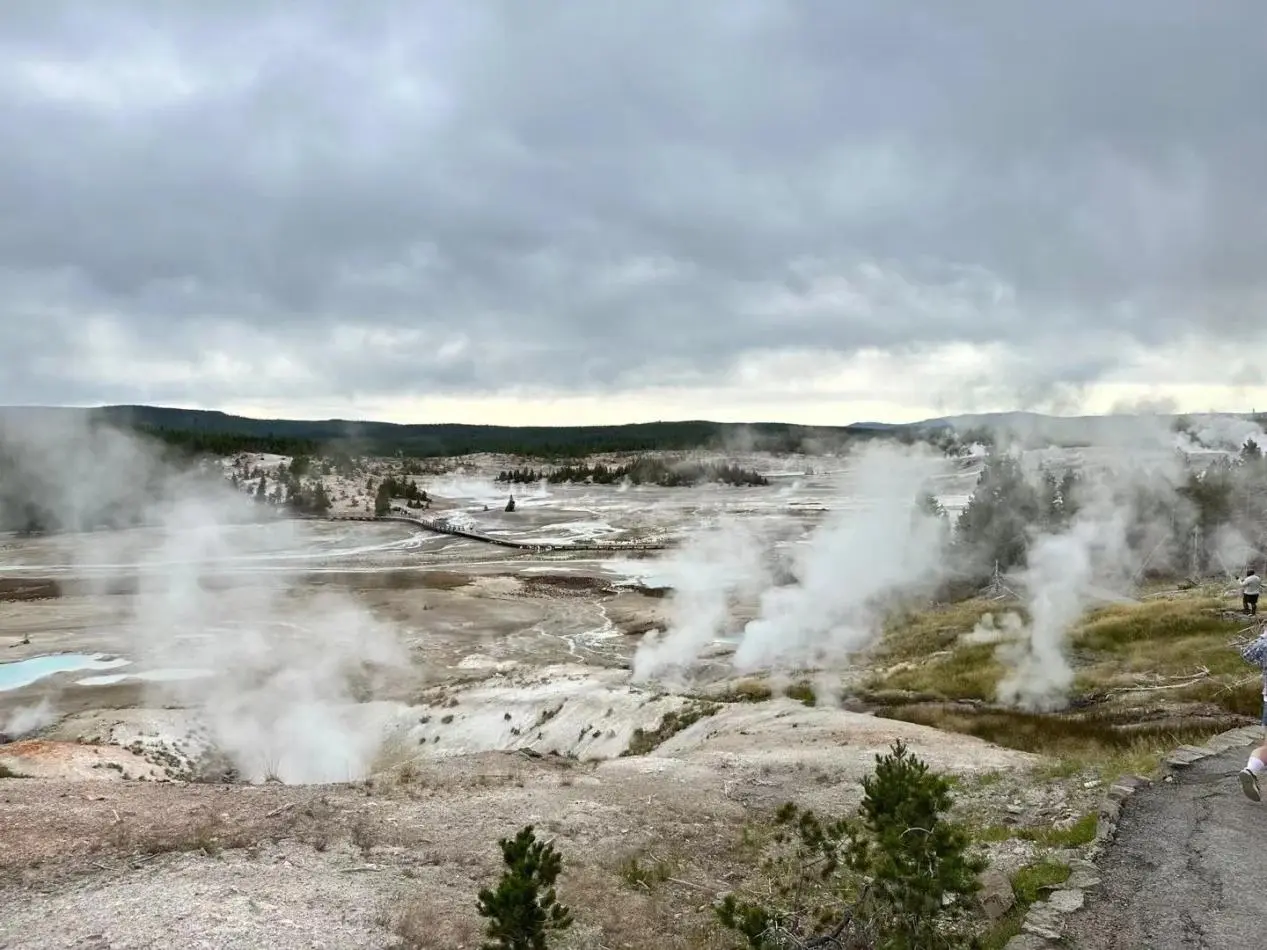
Mammoth Hot Spring
It is the largest known carbonate sedimentary hot spring in the world, with limestone steps as the
main landscape, also known as Mammoth Hot Springs Area, which can be divided into Upper Terraces and
Lower Terraces. Due to the presence of many algae in hot springs, the colors of the hot springs
exhibit various hues such as brown, orange, red, and green. However, after a crustal movement in
2002, most of the hot springs ceased to be active, leading to the death of a large number of
microorganisms and causing the Mammoth hot springs to lose their color. The dead bacteria also
turned into gray white powder, remaining on the dried up steps. Due to the high temperature, please
maintain a safe distance when visiting Mammoth Hot Springs and avoid touching hot spring water or
rocks in the hot spring area. At the same time, please comply with the park regulations and signs to
ensure personal safety.
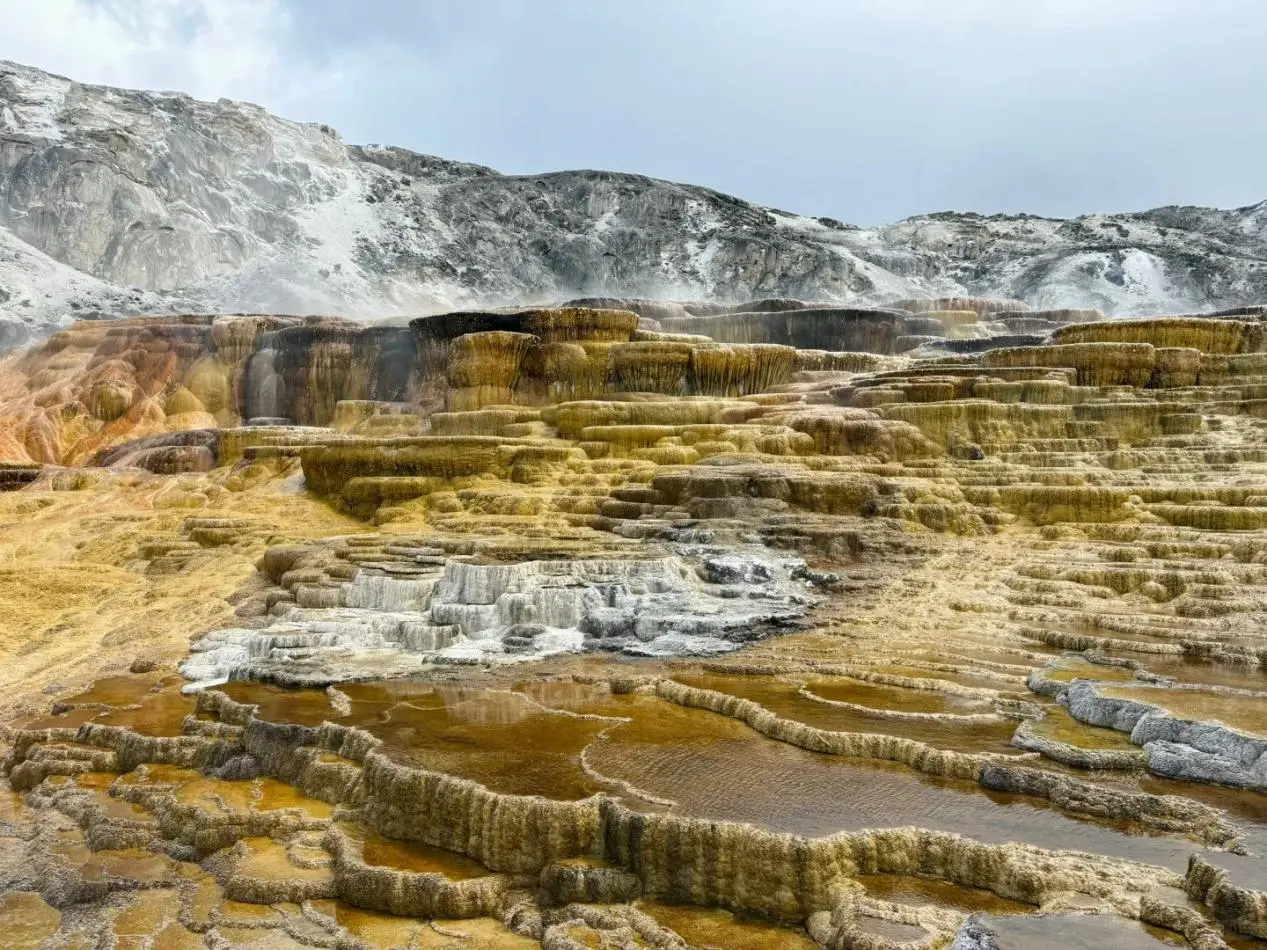
Yellowstone National Park Grand Canyon
The Yellowstone Grand Canyon is formed by the erosion of volcanic rocks by river water flowing from
Yellowstone Lake through a steep area approximately 38 kilometers long. The rock walls on both sides
of
the canyon are colorful, mainly including yellow, orange, brown, and brown, which are formed by the
weathering of volcanic rocks. There are two magnificent waterfalls in the canyon. Upper Falls is
about
33 meters high, while Lower Falls is about 92 meters high. These waterfalls are formed by the
erosion of
softer rocks by the Yellowstone River water. The best time to visit Yellowstone National Park is
from
May to September each year, when the weather is suitable and visitors can enjoy the best scenery of
the
Grand Canyon.
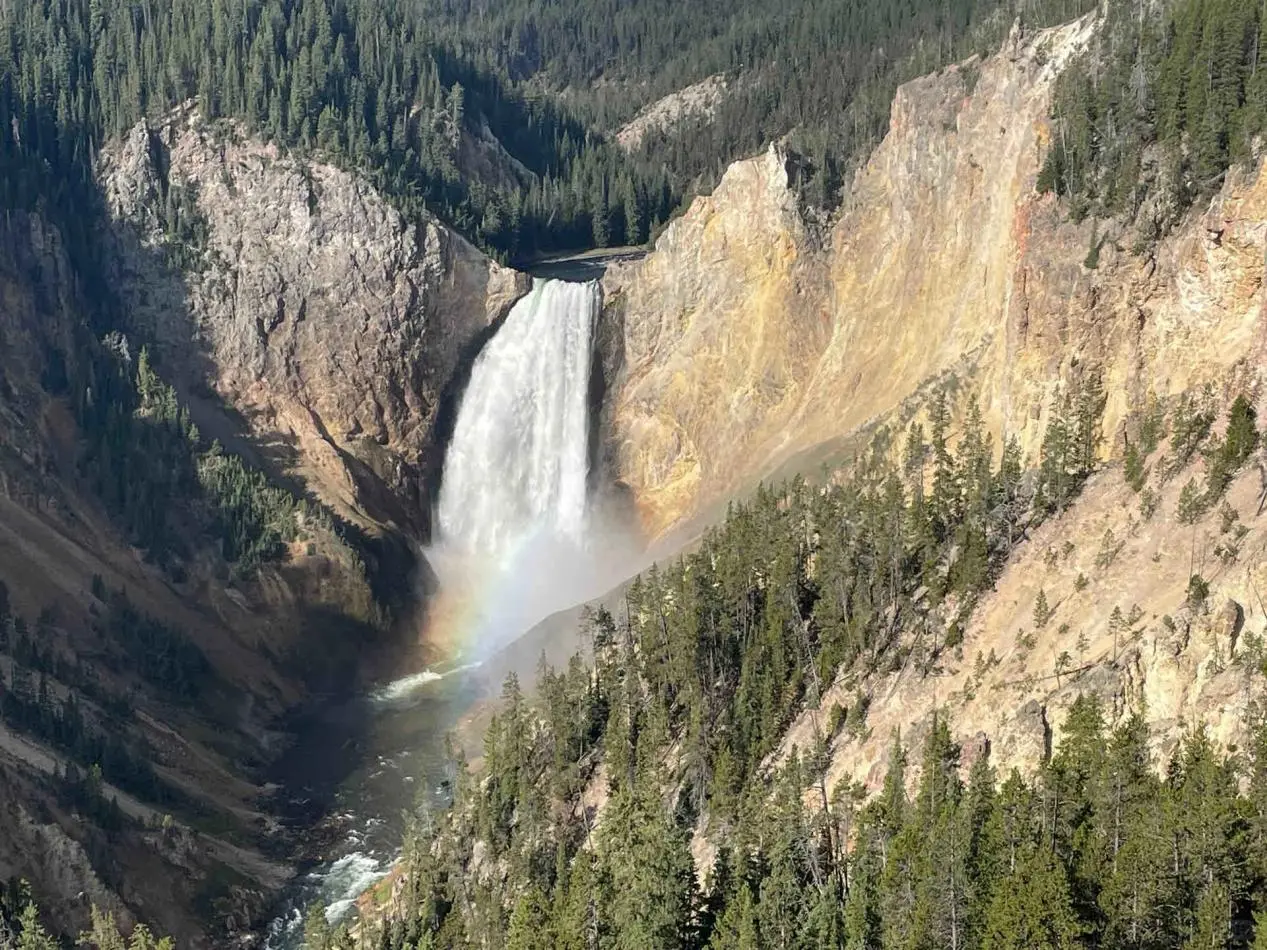
Grand Prismatic Spring
The Great Prism Spring is famous for its colorful hues, ranging from blue to green and then to red,
with
rich layers of color, as if it were a palette of nature. These color changes are caused by
differences
in mineral content and temperature in the hot spring water. The diameter of the Great Prism Spring
is
about 100 meters, and the water depth can reach 49 meters. The temperature of its hot spring water
is
very high, usually exceeding 70 degrees Celsius, but due to the high mineral content of the hot
spring
water, a thin, semi transparent film is formed on its surface, which slows down the loss of heat.
The
hot spring water of Da Prism Spring is rich in various microorganisms, which survive and reproduce
in
extreme environments, forming a unique ecosystem. These microorganisms are of great significance for
studying the origin and evolution of life on Earth.
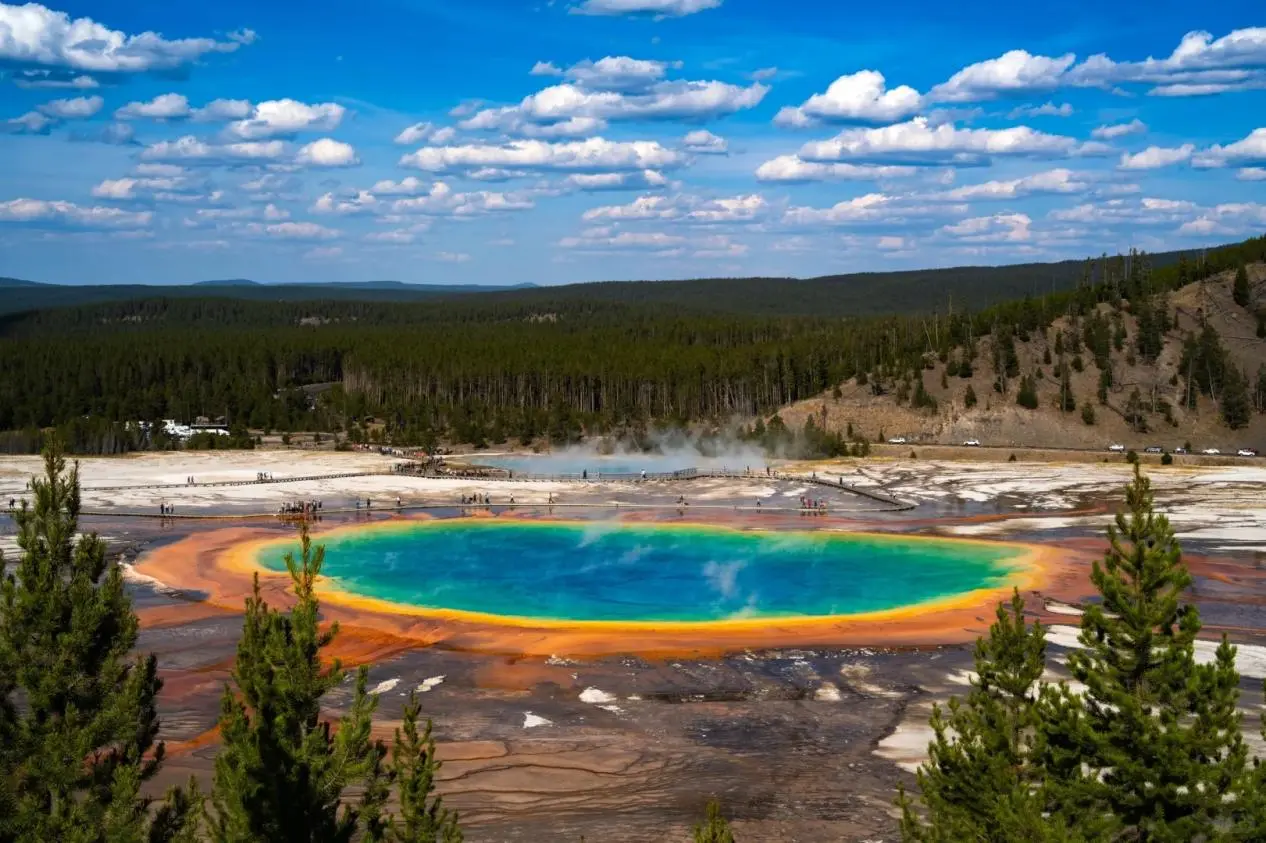
Old Faithful Geyser
Old Faithful Geyser is known for its regular eruptions, typically occurring between 45 and 125
minutes
apart, but in recent years it has gradually extended to erupt once every 90 minutes. The eruption
height
can reach 32 to 56 meters, and the duration is between 1.5 to 5 minutes. Every time Old Faithful
Geyser
erupts, it sprays out a large amount of boiling water, forming a spectacular water column. Under the
sunshine, the water vapor shimmered with colorful light, which was breathtaking.
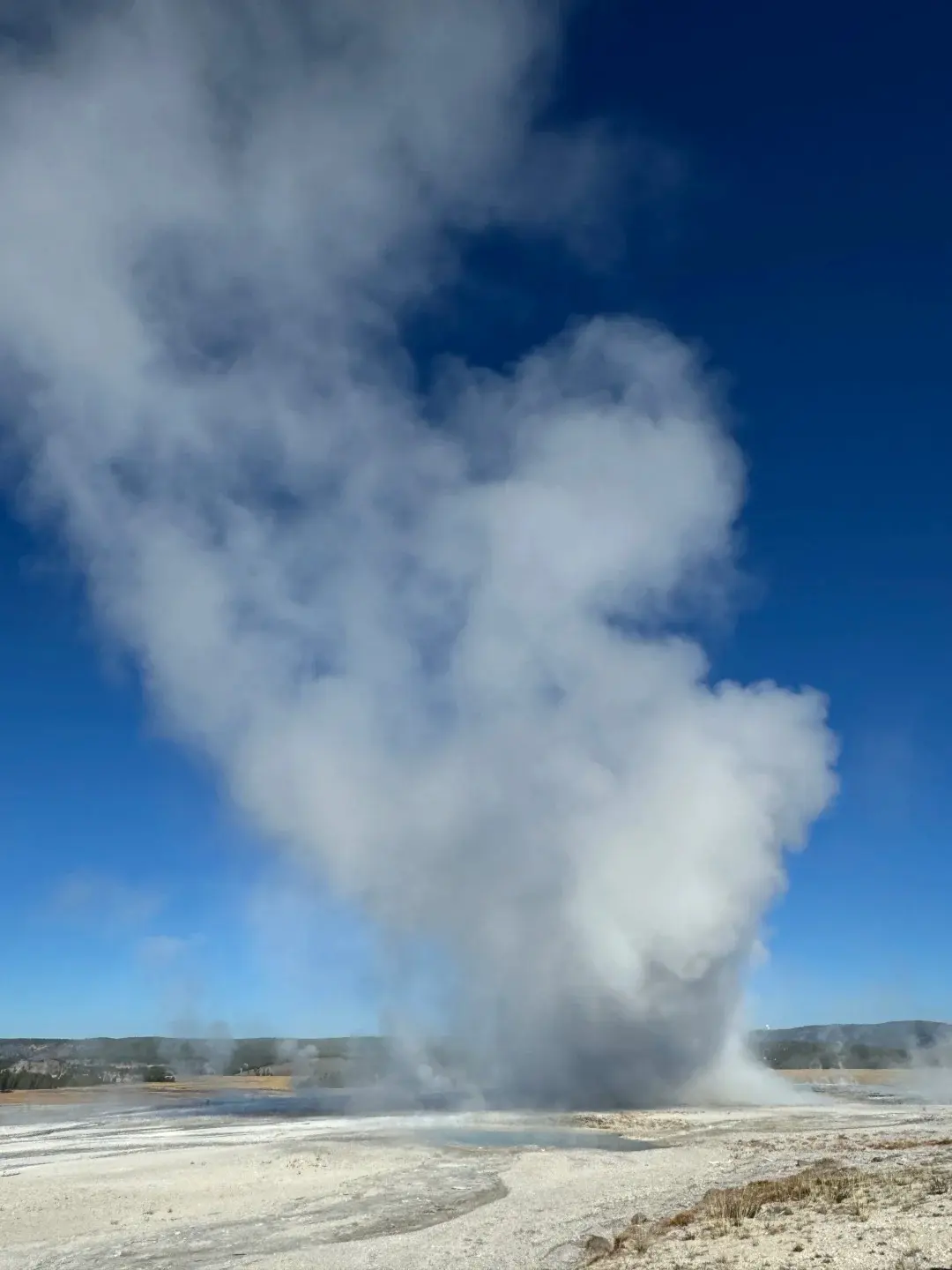
Yellowstone Lake
Yellowstone Lake is actually located in the center of the Yellowstone crater and is a volcanic lake
formed by the accumulation of water in the crater. The volcanic rocks and magma on the land of
Yellowstone National Park are ejected from here. The lake water here is as clear as a mirror,
reflecting
the surrounding mountains and sky clearly, making the lake scenery even more charming. Yellowstone
Lake
is a habitat for rare waterbirds such as the trumpet owl and Canadian goose, as well as a great spot
for
fishing trout. In addition, there are various wild animals such as grizzly bears, bison, and elk
living
around the lake. Yellowstone Lake is connected to the outside world through the Yellowstone River,
which
forms a spectacular waterfall as it flows out of the lake, providing visitors with another beautiful
scenery.
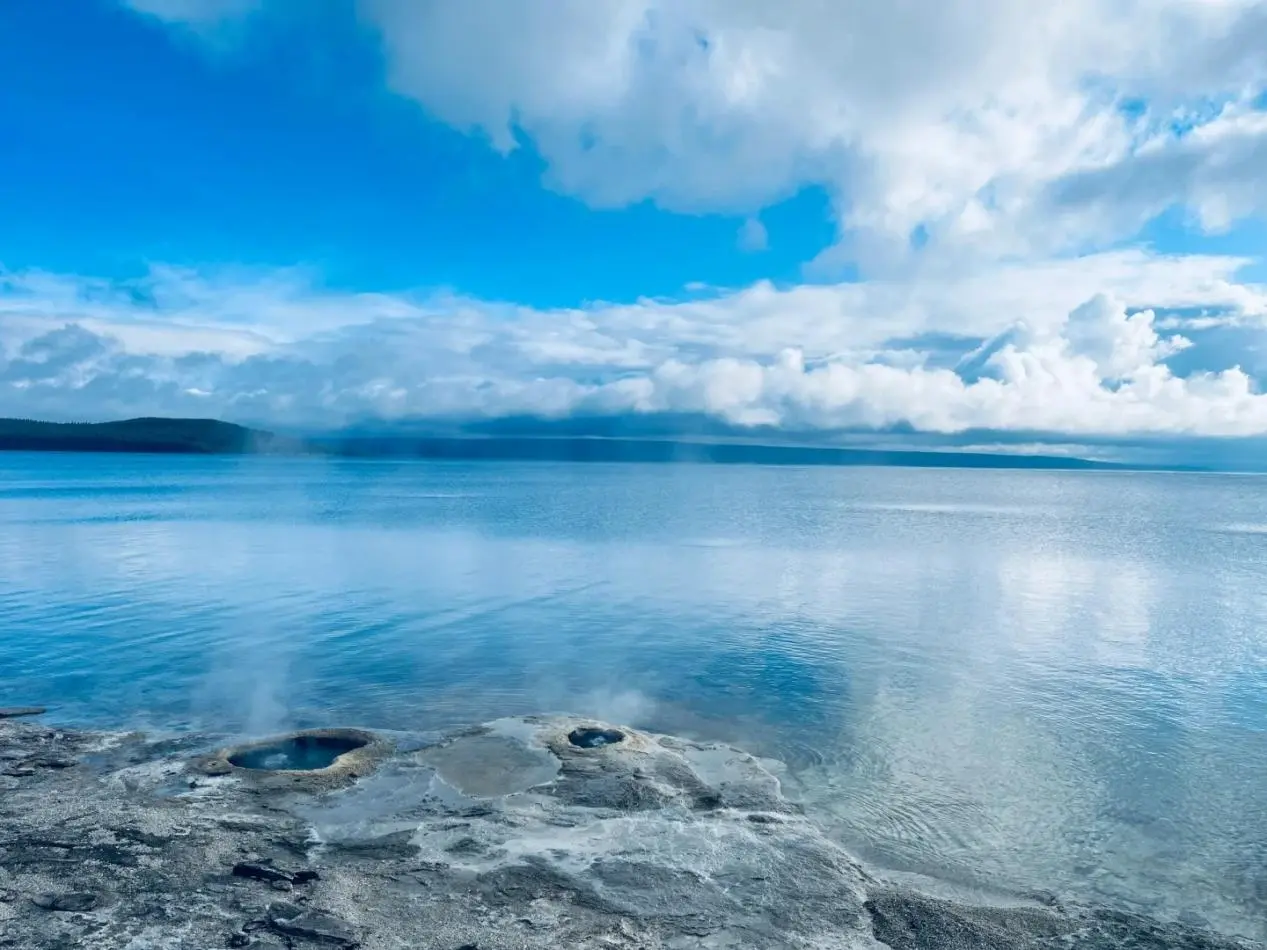
West Thumb Geyser Basin
The biggest feature of the Thumb Basin is the blending of hot springs and lake water. The steam from
the
hot fountain combined with the lake water of Yellowstone, creating a beautiful scenery shrouded in
smoke. Against the backdrop of blue sky and white clouds, this scene appears even more dreamlike.
There
are numerous geysers gathered in the basin, and the water outlets of these geysers come in various
colors, some are transparent green, while others are dark black. These water spouts create various
beautiful fountain scenes when erupting.
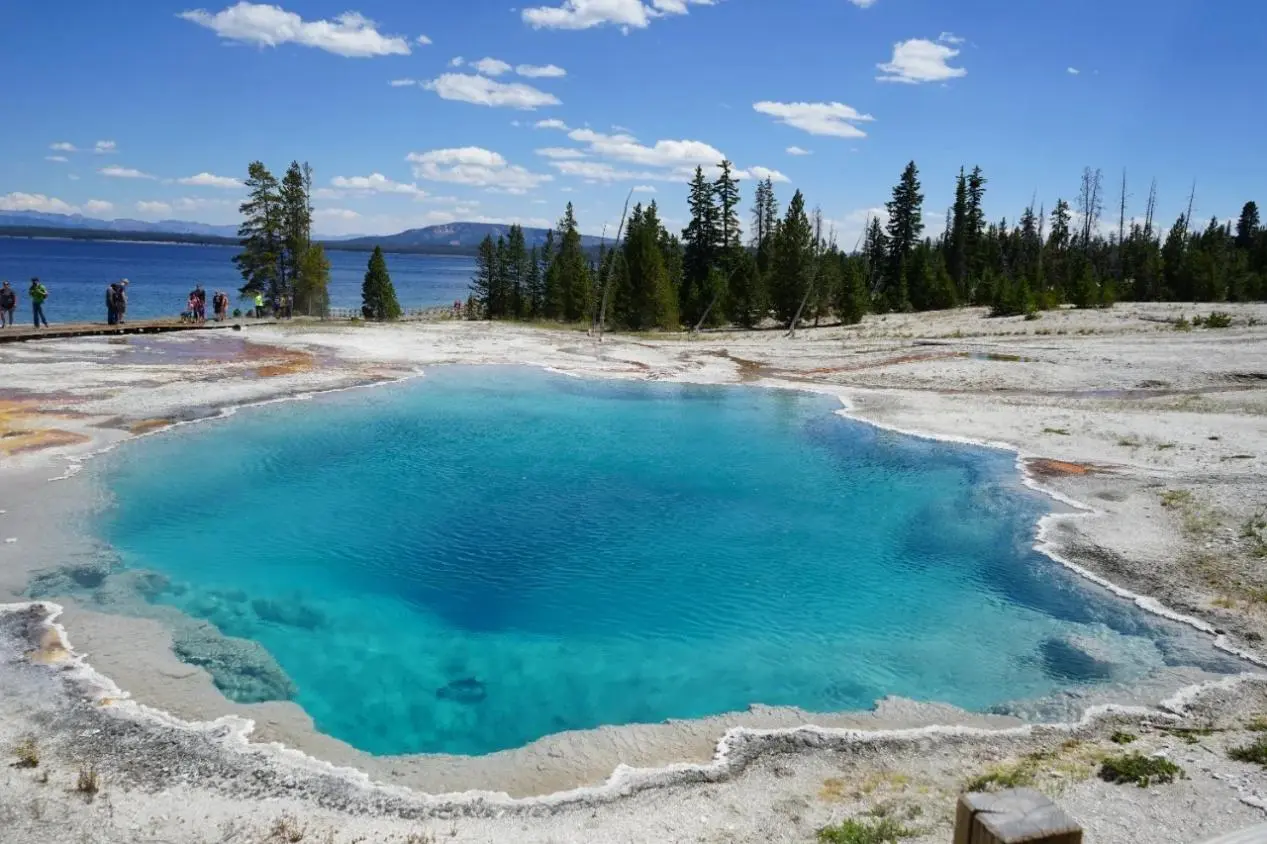
Yosemite National Park has a complex terrain and unique geological features. The combination of
glacial action and granite bedrock has produced many unique land forms, such as polished dome
structures, hanging valleys, limestone, moraines, and U-shaped valleys. Granite landforms are
particularly spectacular, such as the vertical rock walls of Half Dome and El Capitan, which are
typical reflections of geological history. The park has a rich variety of vegetation types, mainly
including subtropical coniferous forests such as western yellow pine, fragrant cedar, and California
black oak. In addition, there are a large number of giant cedars, including one called the "Giant
Grizzly", which is estimated to be 2700 years old and is one of the largest surviving trees in the
world.
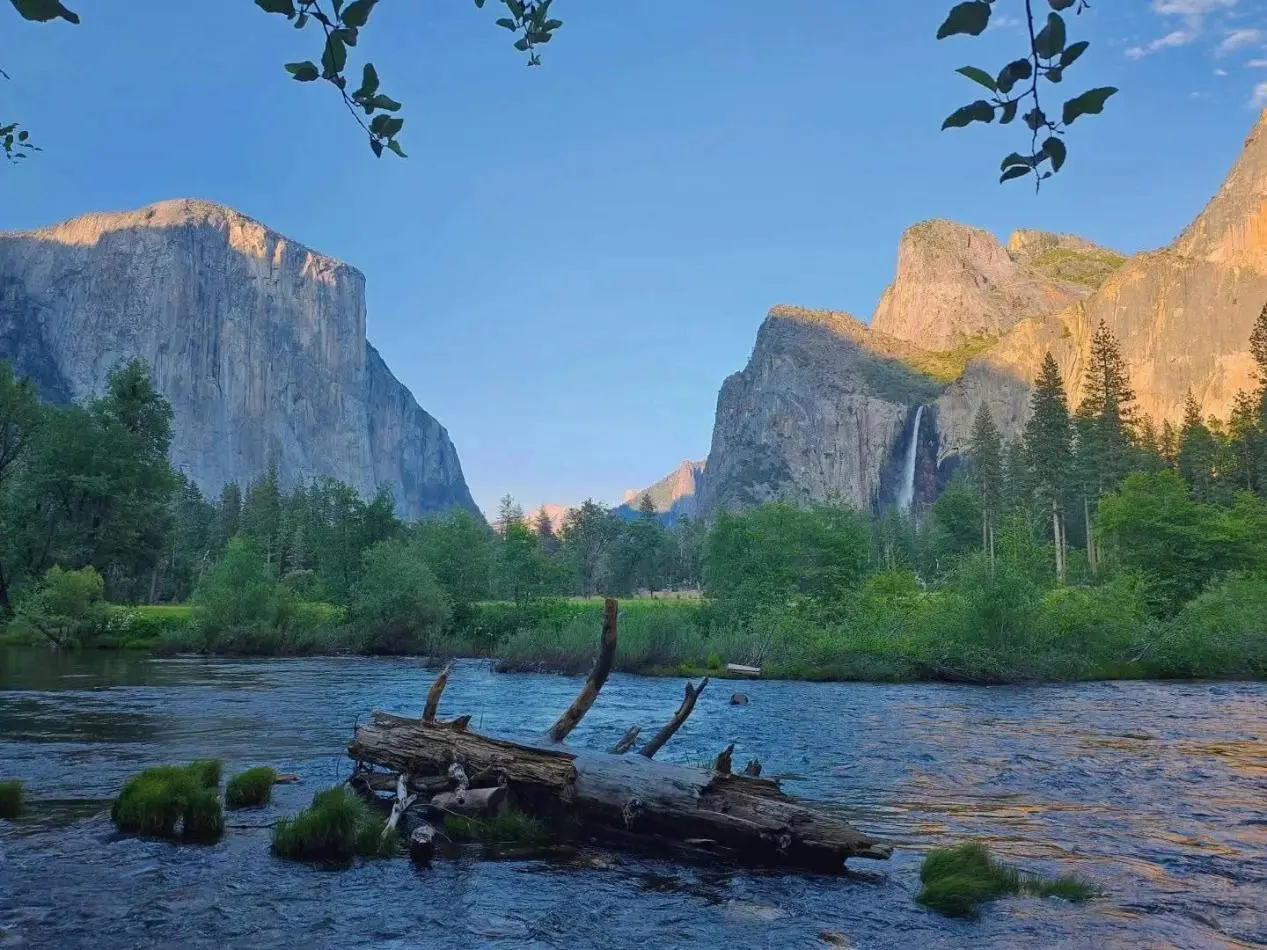
Half Dome
One of the iconic attractions of Yosemite National Park, it is also a pilgrimage site for many
climbers
and hikers. Watching the semi dome under the sunset will be very shocking. From the glacier point,
one
can overlook the semi dome. The Half Dome itself is not in any scenic area, but you need to start
from
the Misty Trail in Yosemite Valley, which is the nearest road and takes about 12 hours on foot back
and
forth. There are other routes to reach, but it takes more than a day to travel back and forth. The
Half
Dome is a symbol of Yosemite and a place where travelers come to pilgrimage after countless
hardships.
It has an altitude of 2964 meters, and the height of the giant rock protruding from the mountain
base is
415 meters. On a sunny day, about half an hour before sunset, the entire half dome of the reef will
be
draped in a brilliant red evening gown, the fleeting beauty of which is so breathtaking that it is
hard
to breathe. However, please note not to climb protruding rocks as snow will close in winter.
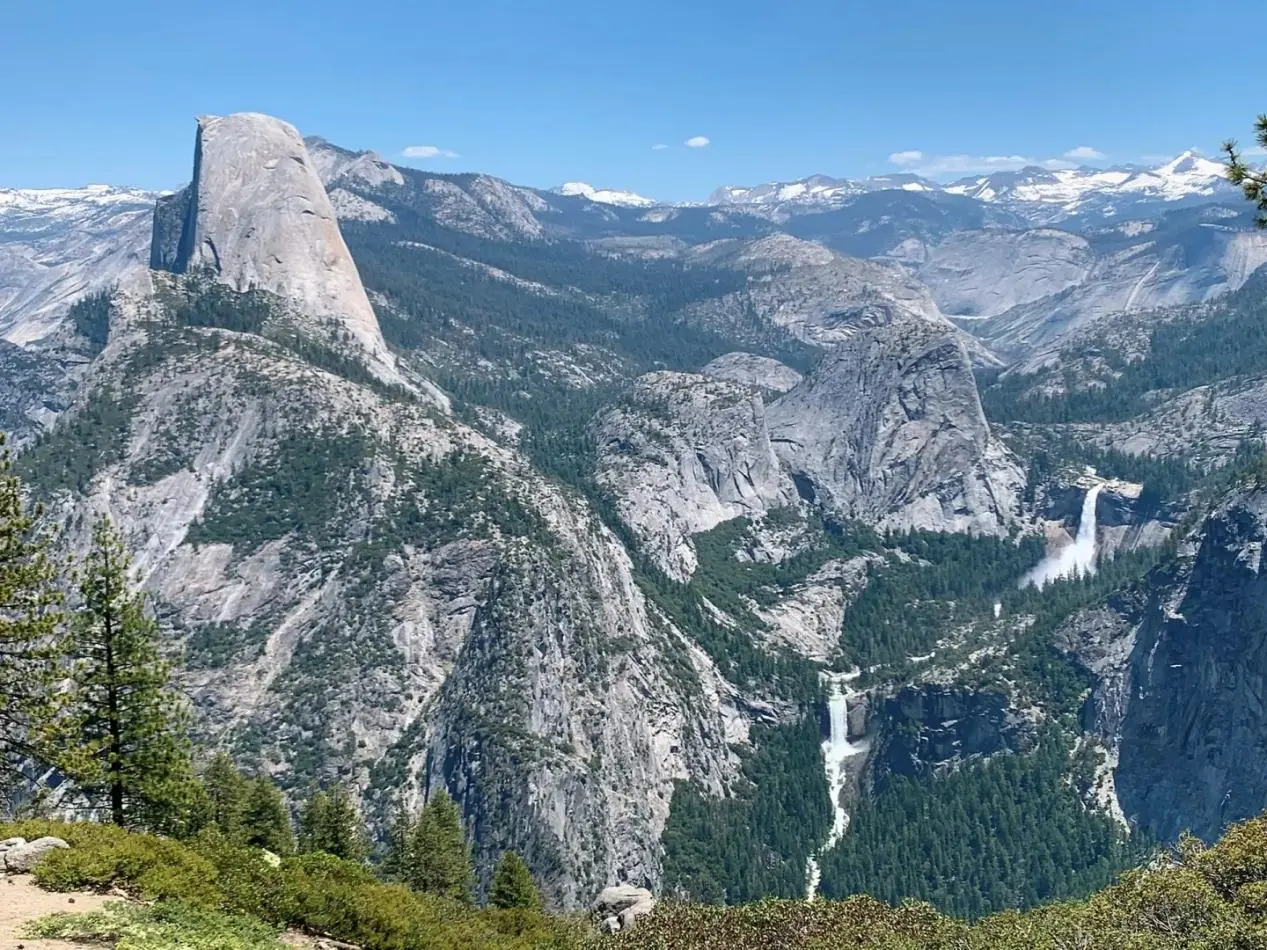
El Capitan
El Capitan is the world's largest monolithic granite, which has undergone multiple stages of
formation
including magma intrusion, crustal uplift, and external erosion. After magma intrudes into the
Earth's
crust, it cools and condenses into granite. Subsequently, the Earth's crust lifts, exposing the
granite
to the surface. Finally, it is eroded by external forces such as glaciers, forming the tall,
vertical,
and smooth granite surface that we see today. Sheikh Rock has become a holy land for climbing
enthusiasts worldwide due to its steep and vertical rock walls. Among them, Dawn Wall is known for
its
extremely high difficulty, claiming to be the most difficult route to climb in the world. Chieftain
Rock
is not only a holy land for rock climbing enthusiasts, but also a popular attraction for tourists to
visit. From different locations within the park, one can enjoy the magnificent scenery of Chieftain
Rock, especially at sunrise or sunset when the sun shines on the rock walls, creating a golden glow
that
adds to its mysterious and spectacular atmosphere.
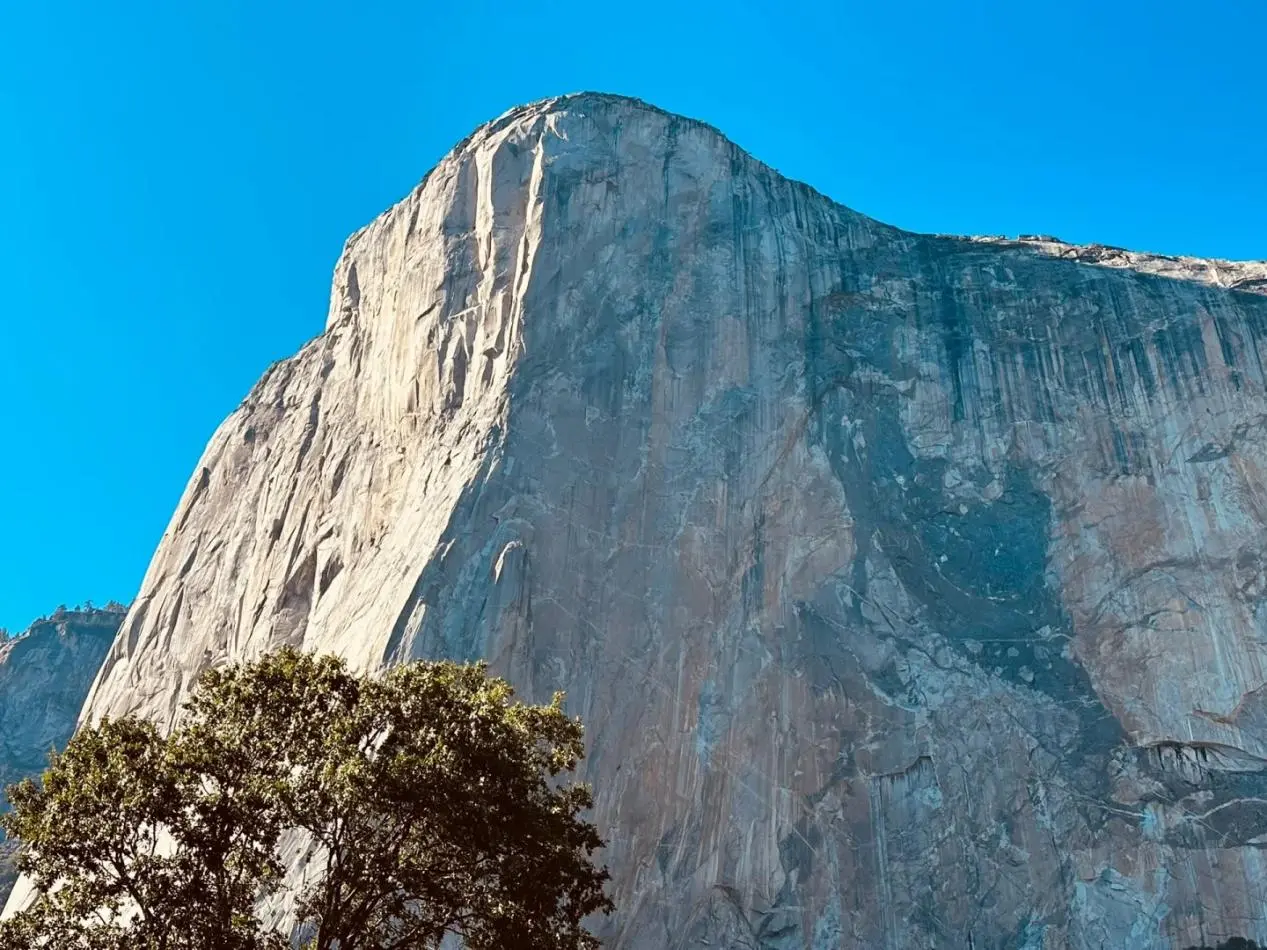
Bridalveil Falls
The Bridalveil Falls is renowned for its delicate and gentle water flow, which contrasts sharply
with
the surrounding majestic mountains and rivers, showcasing a unique beauty. When sunlight shines on
the
waterfall, it produces a refraction effect, creating a beautiful rainbow. This scene is
breathtaking,
adding a touch of mystery and romance to the waterfall. The water volume of the waterfall varies
with
the seasons. During the rainy season, the water flow is abundant and the waterfall is even more
spectacular; In the dry season, the water flow is relatively reduced, but it still maintains its
gentle
and graceful appearance.
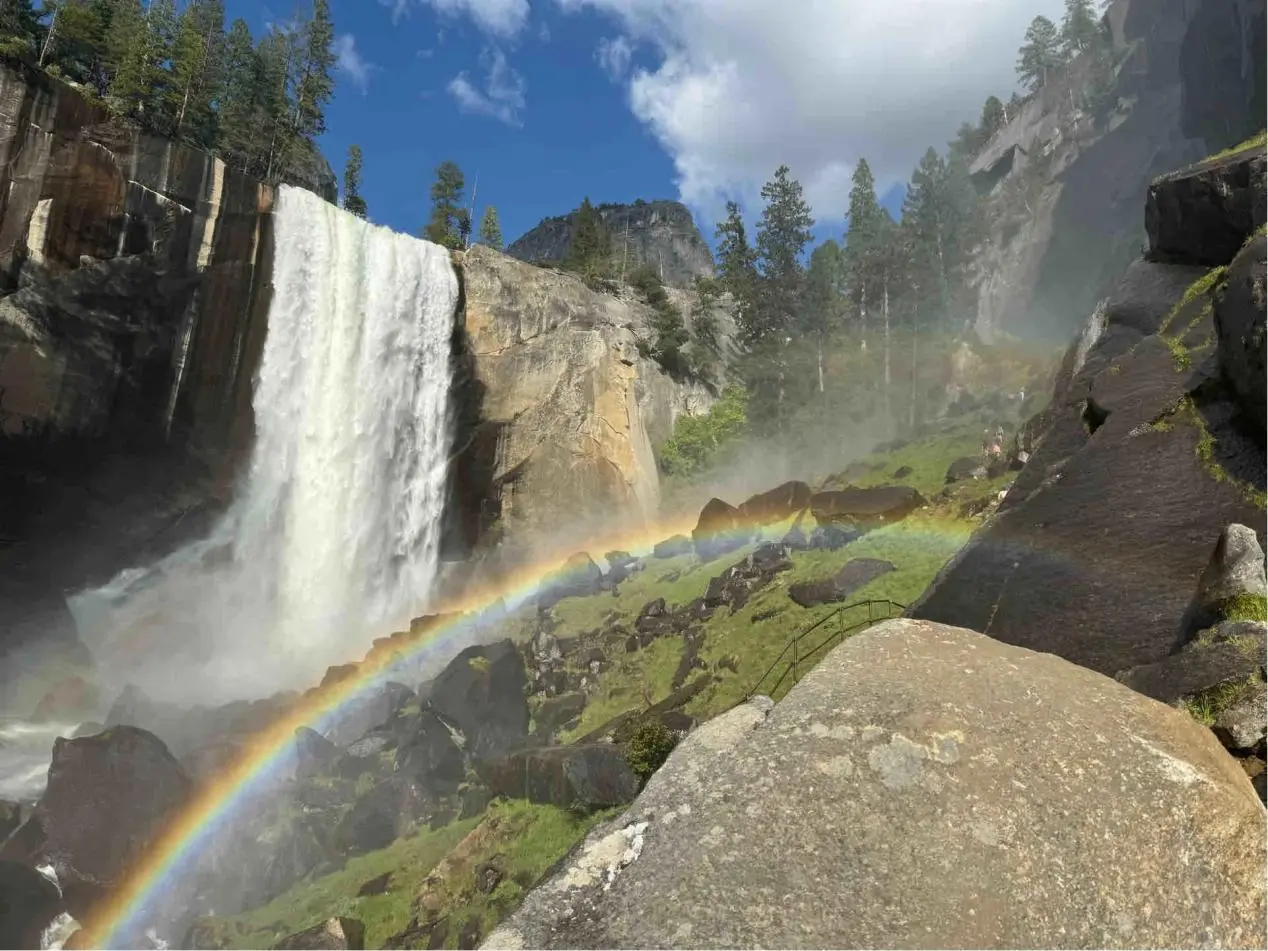
Horsetail fall
The water source of Horsetail fall mainly comes from snow melt and runoff, so its flow fluctuates
with
the seasons. In winter and spring, when the snow melts and the water flows abundantly, the waterfall
presents itself to the world with a majestic height of over 2000 feet. In summer, as the water
source
dries up, the waterfall will gradually dry up and disappear until the next rainy season arrives
Every
year from mid to late February, the most acclaimed "Fire Waterfall" spectacle of Horsetail Waterfall
will appear. When the sky is completely clear and there is enough snow and water, the sunlight of
the
sunset will shine on the waterfall, turning it into a brilliant orange, as if a blazing flame is
pouring
down the mountain ridge. Due to the specific weather conditions and sunset time required to watch
the
'Waterfall', it is recommended that tourists prepare in advance, bring sufficient warm clothing and
food, as well as cameras and other shooting equipment. Meanwhile, please maintain a safe distance
and do
not climb or touch the waterfall at will.
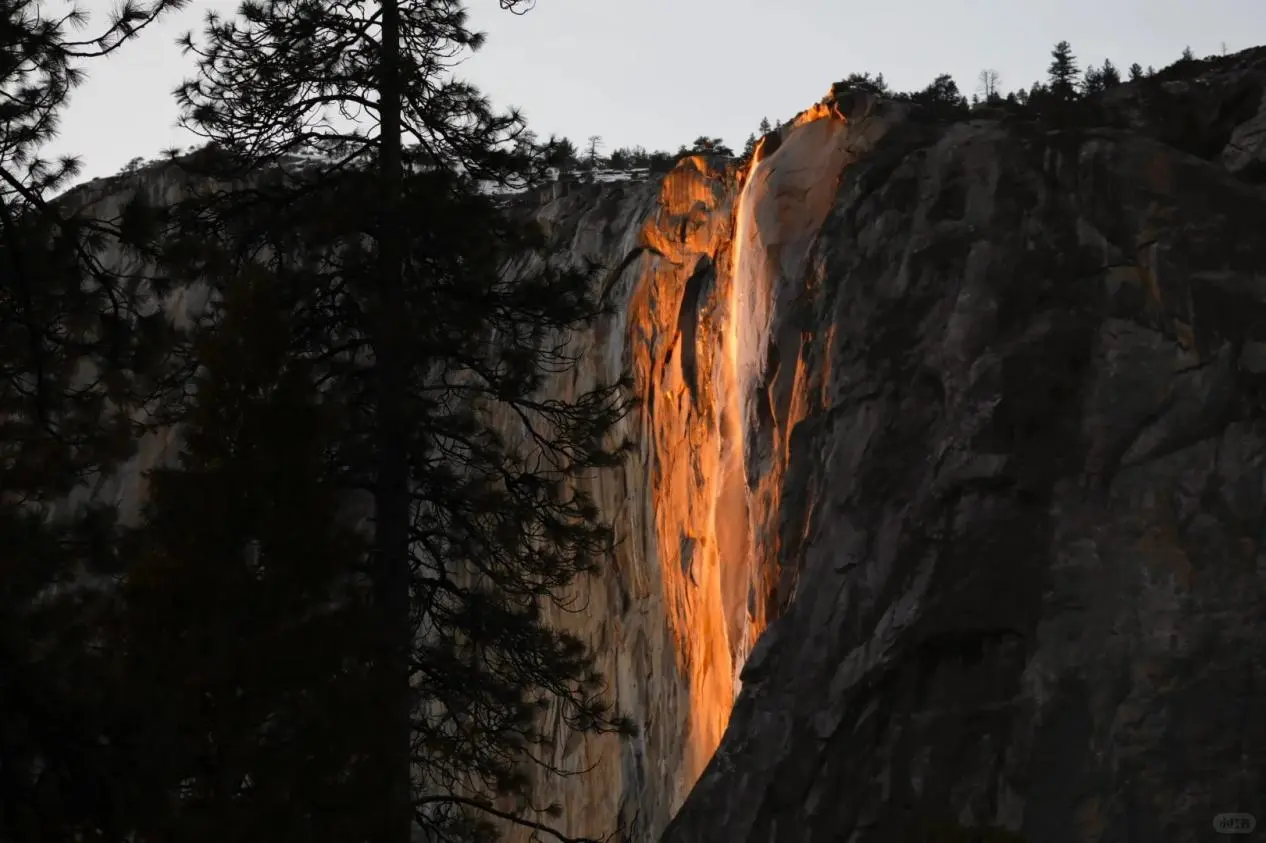
Tunnel View
The Tunnel View observation deck provides a broad view that overlooks the entire Yosemite Canyon.
Standing on the observation deck, tourists can clearly see iconic landscapes such as El Capitan,
Half
Dome, and Bridalveil Fall. Tunnel View has become a paradise for photography enthusiasts due to its
unique perspective and magnificent scenery. Many tourists stop here to take photos, trying to
capture
this unforgettable moment. The scenery of Tunnel View varies with seasons and time, so there is no
fixed
optimal viewing time. However, sunrise and sunset are usually the best times to take photos, as the
light is the softest and the colors are the richest at this time.
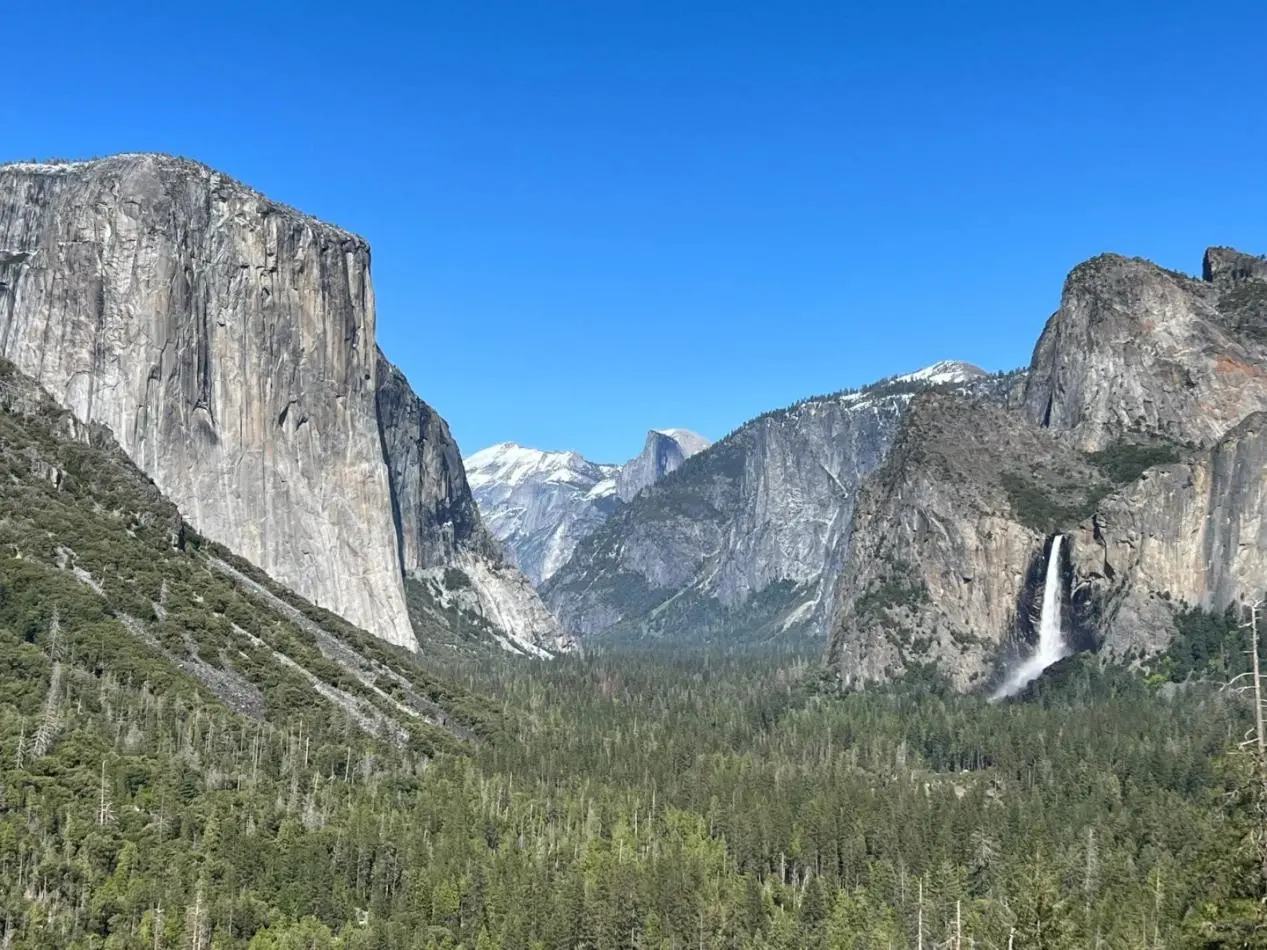
Yosemite valley Chapel
The Yosemite Valley Chapel is one of the oldest buildings in Yosemite National Park. It is a
charming
wooden building with a dramatic and beautiful environment, surrounded by forests and granite cliffs
of
Yosemite Valley. It is not only a religious site, but also an important cultural symbol within the
park.
The unique architectural style and exquisite appearance of the church make it a popular filming
location
for photography enthusiasts. Many tourists stop here to take photos and try to capture this
unforgettable scenery. The church is surrounded by spectacular cliffs, beautiful grasslands, and
impressive views of Yosemite Falls. Tourists can experience the magnificence and tranquility of
nature
here. This church has witnessed the development and changes of Yosemite National Park, carrying rich
historical and cultural connotations.
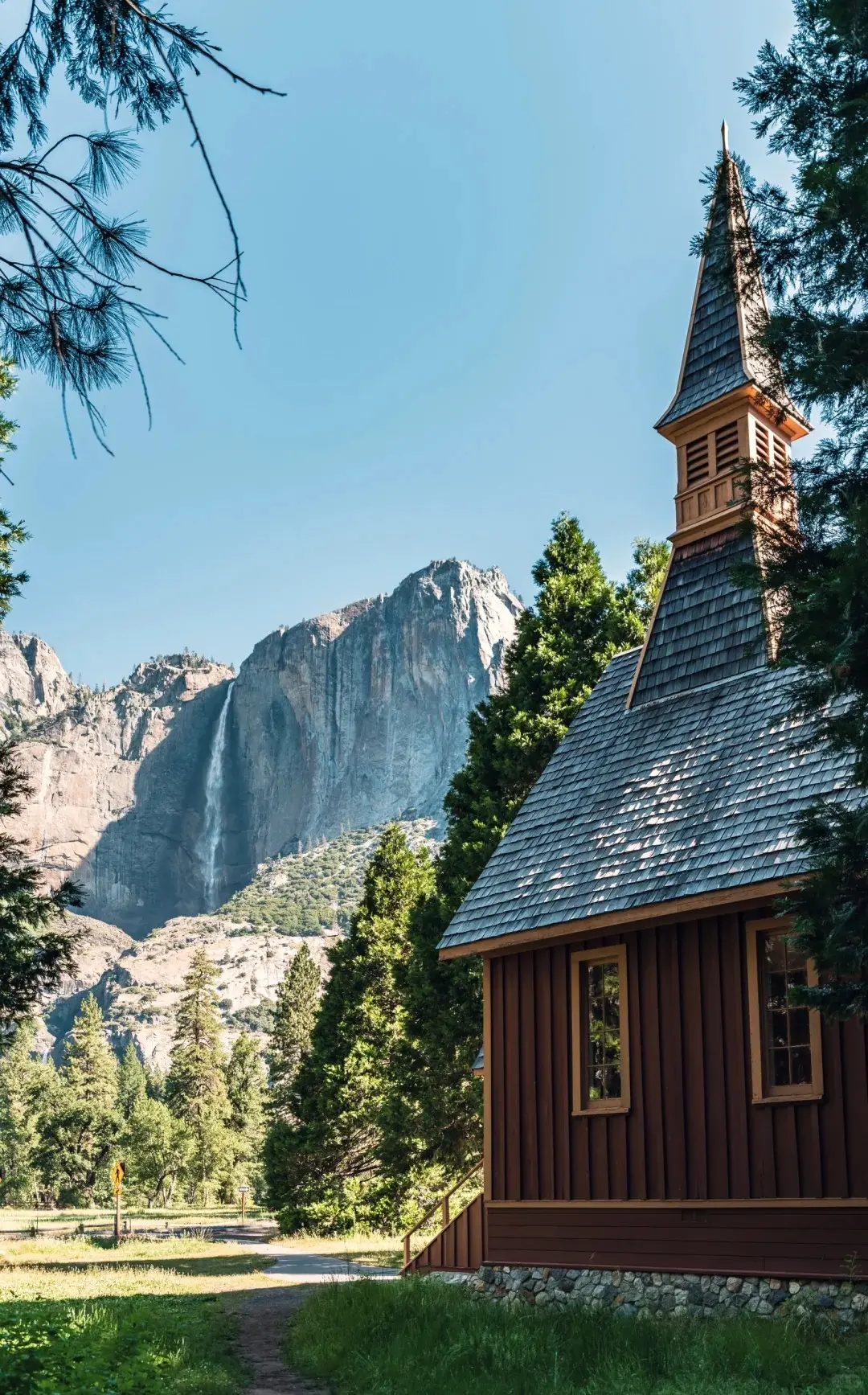
Yosemite National Park is renowned for its magnificent natural landscapes, abundant flora and fauna
resources, and profound cultural and historical heritage. For nature enthusiasts, photography
enthusiasts, and history and culture enthusiasts, this is an unmissable tourist destination.










































